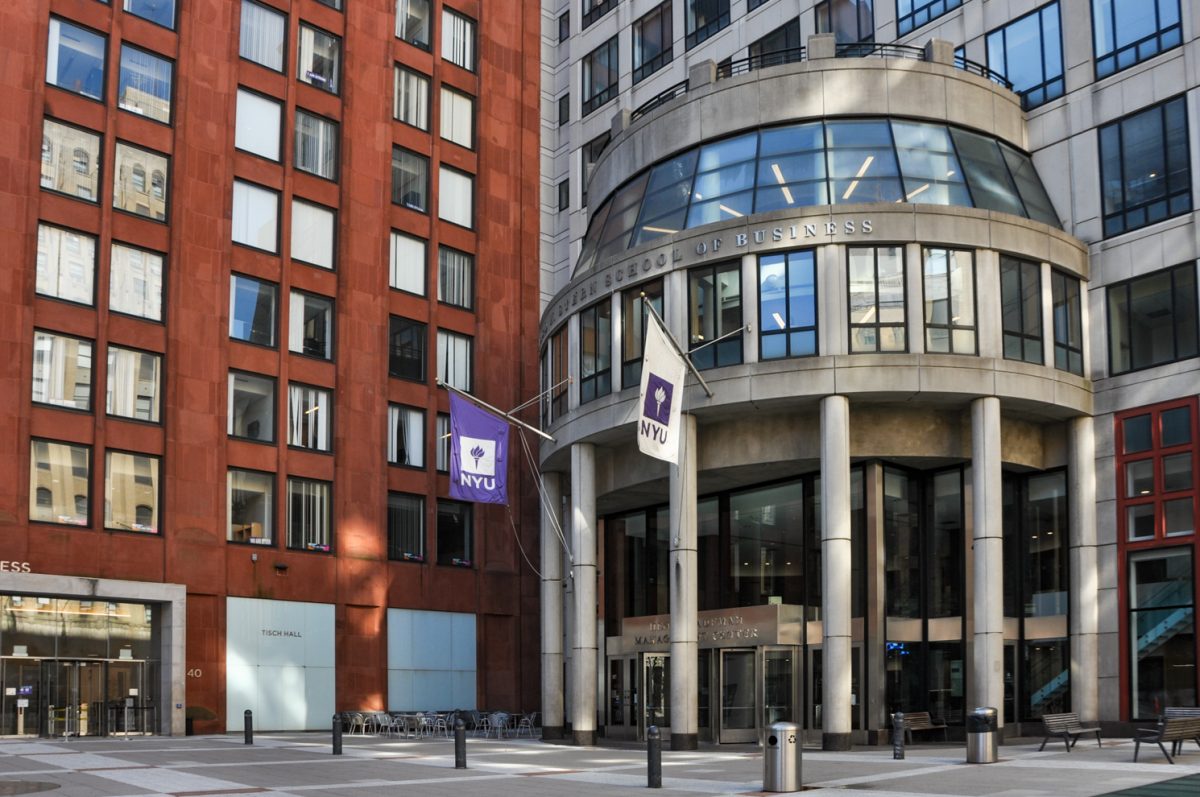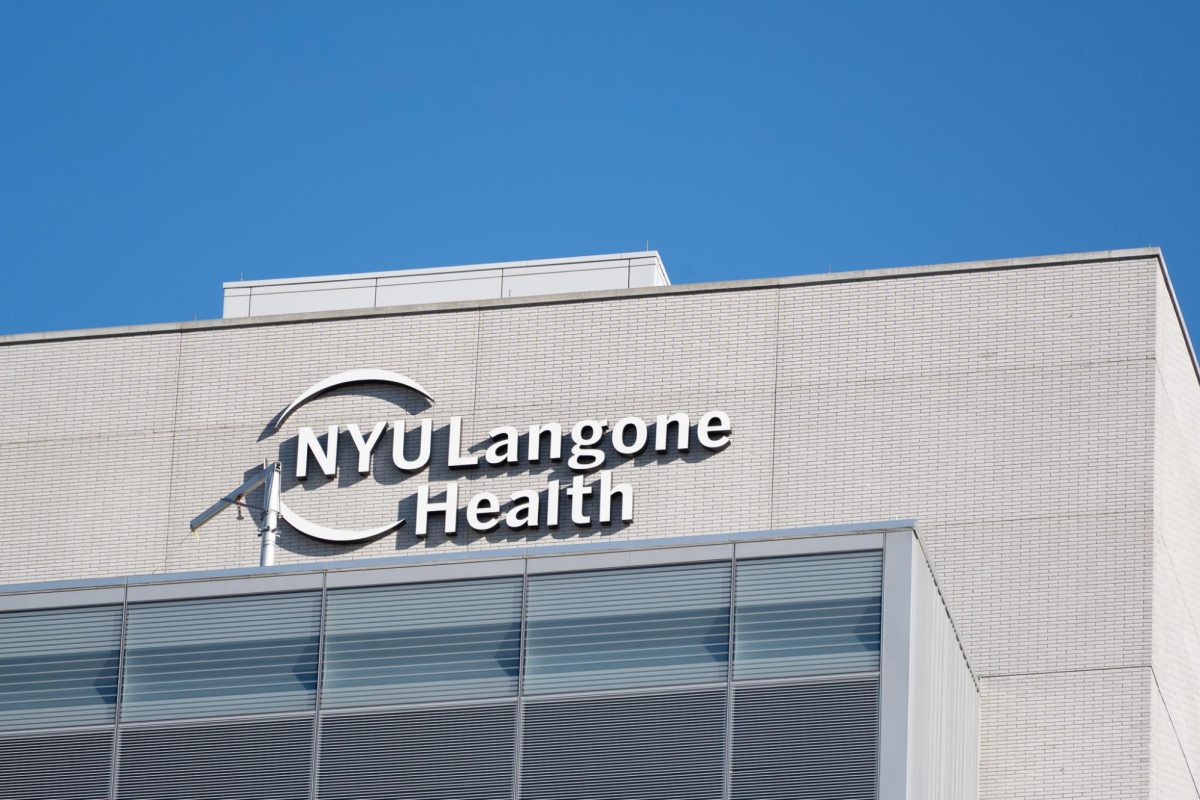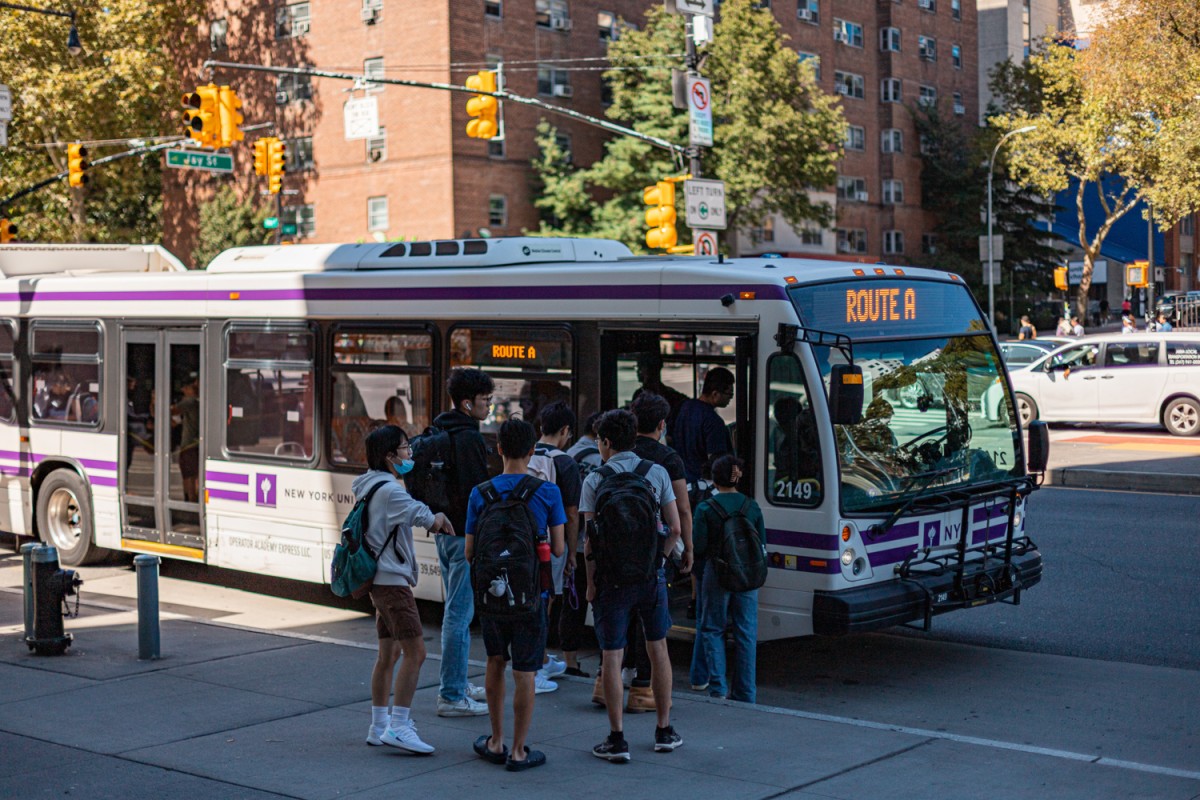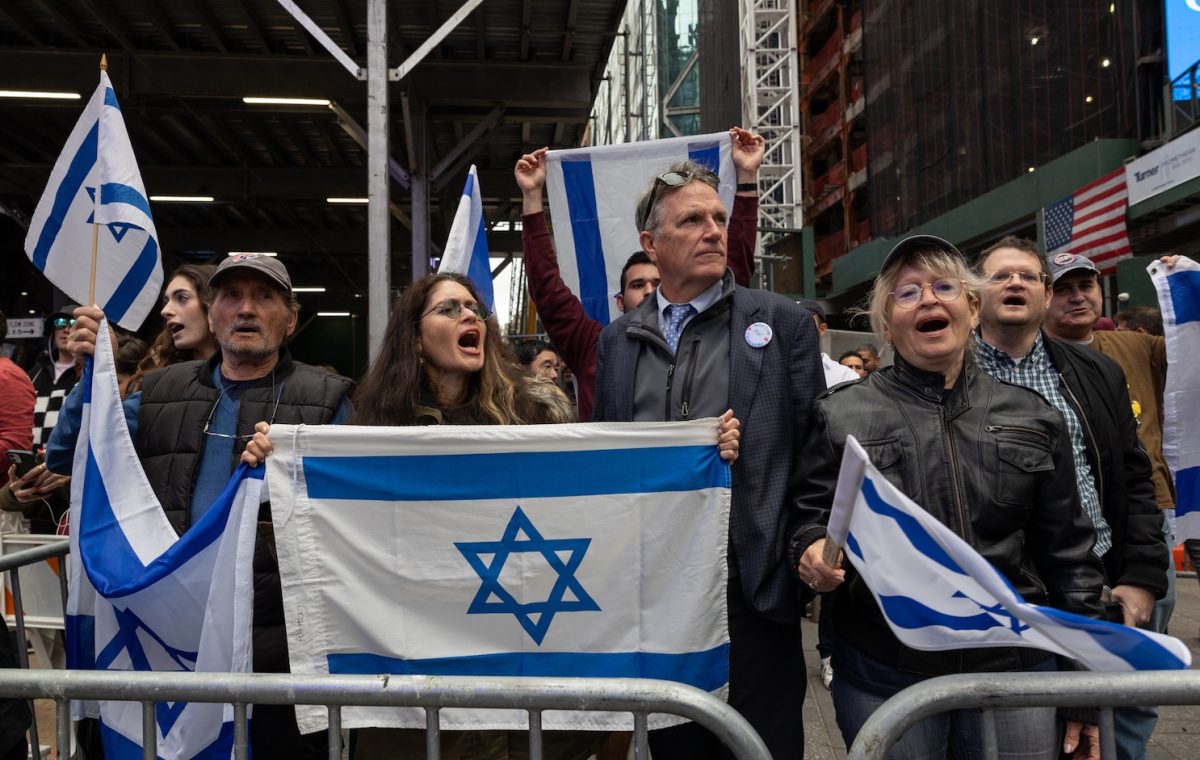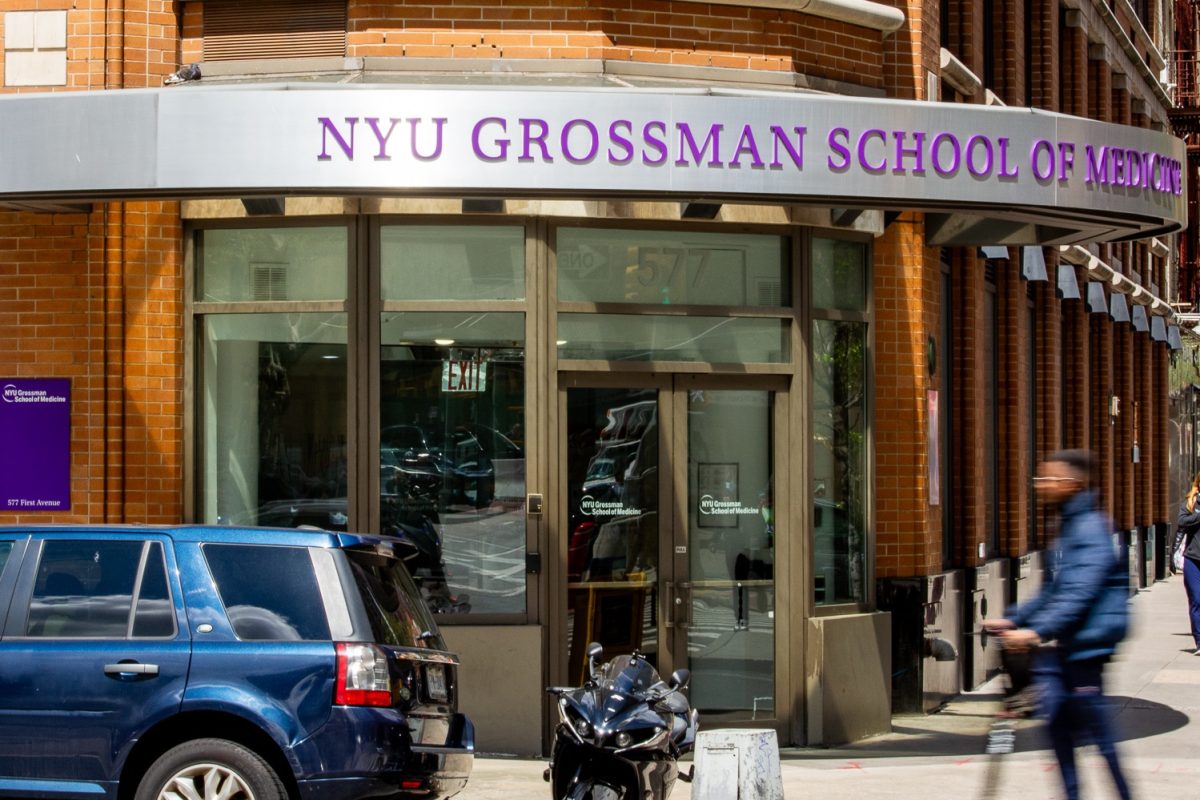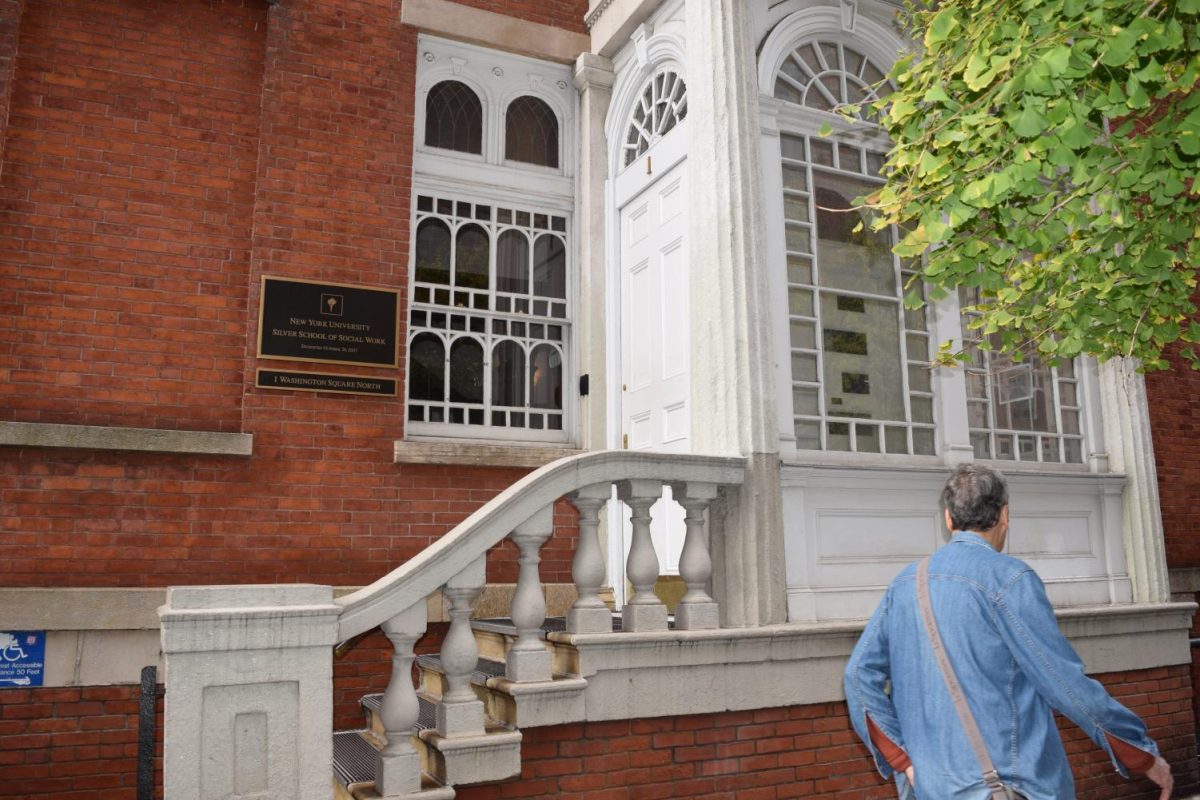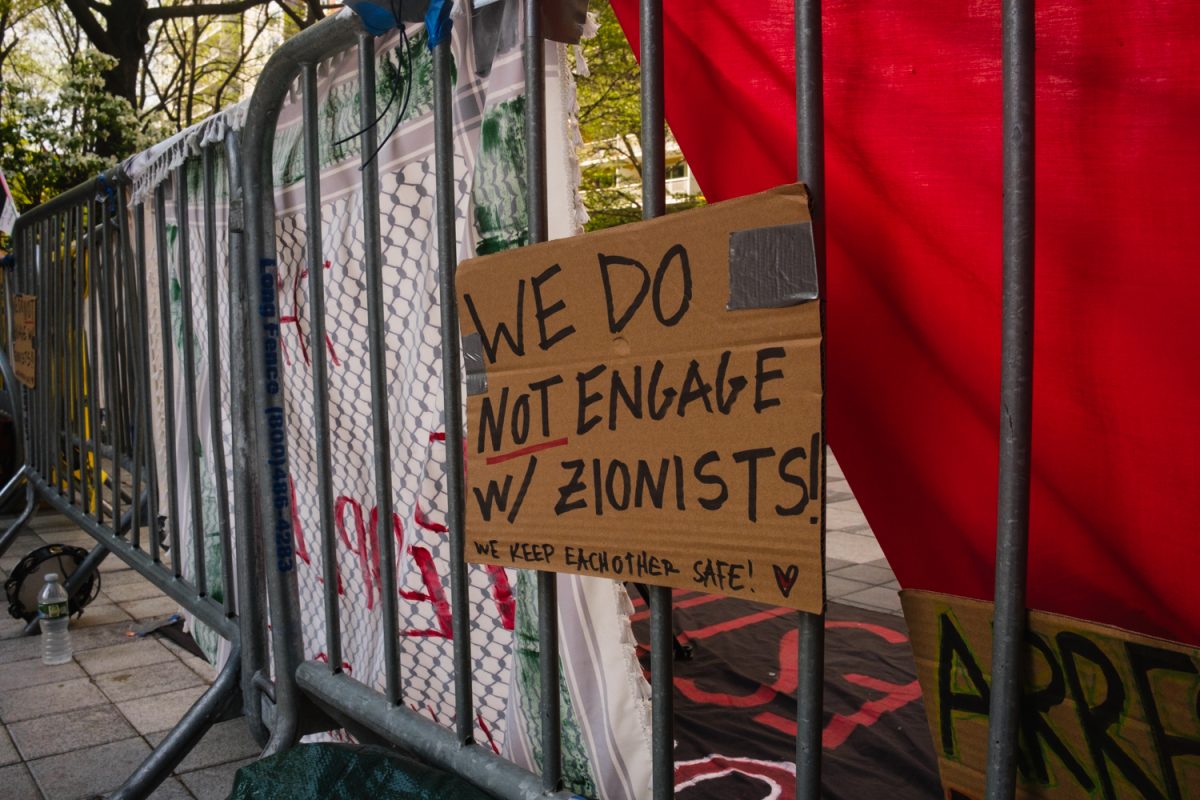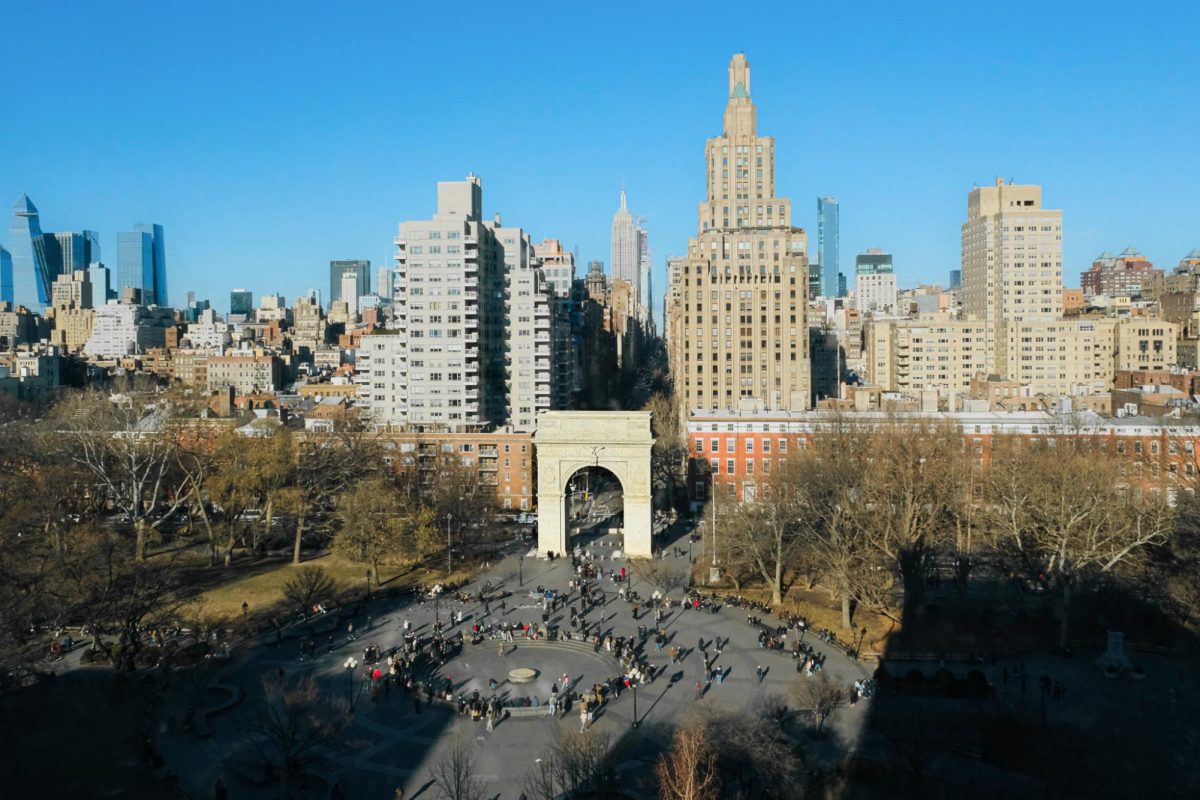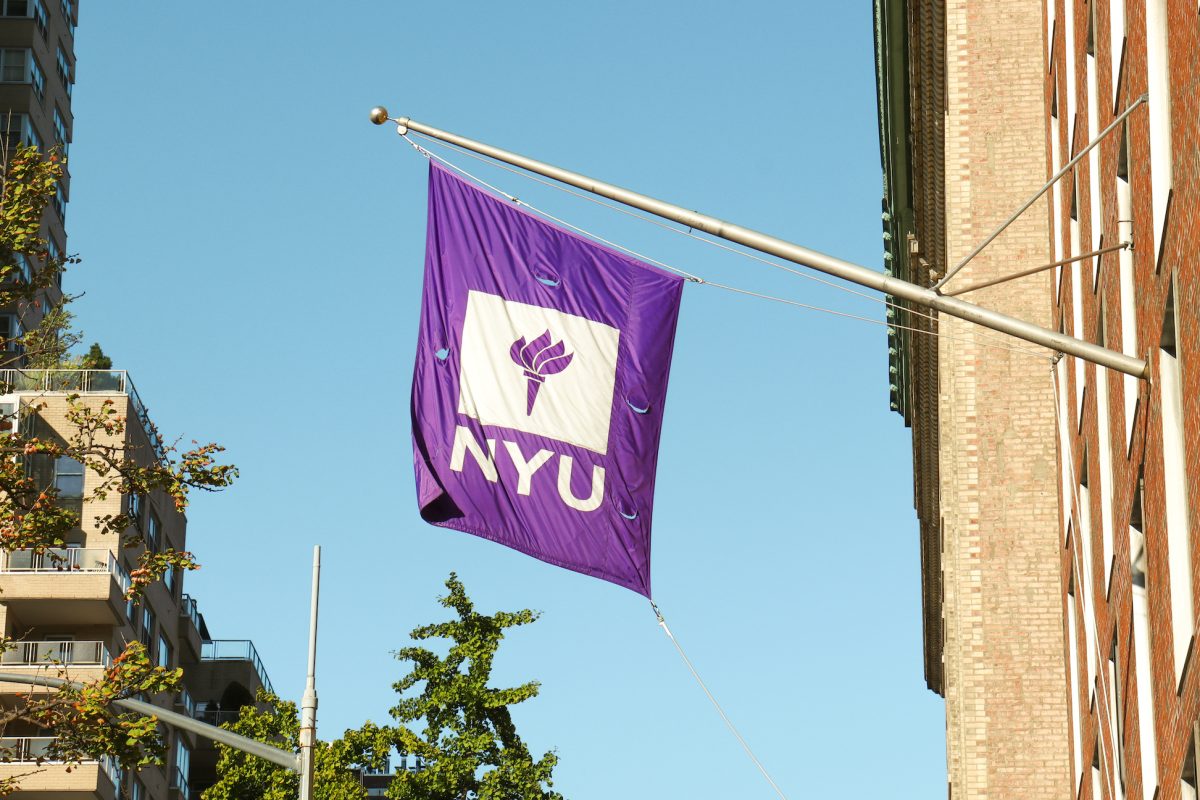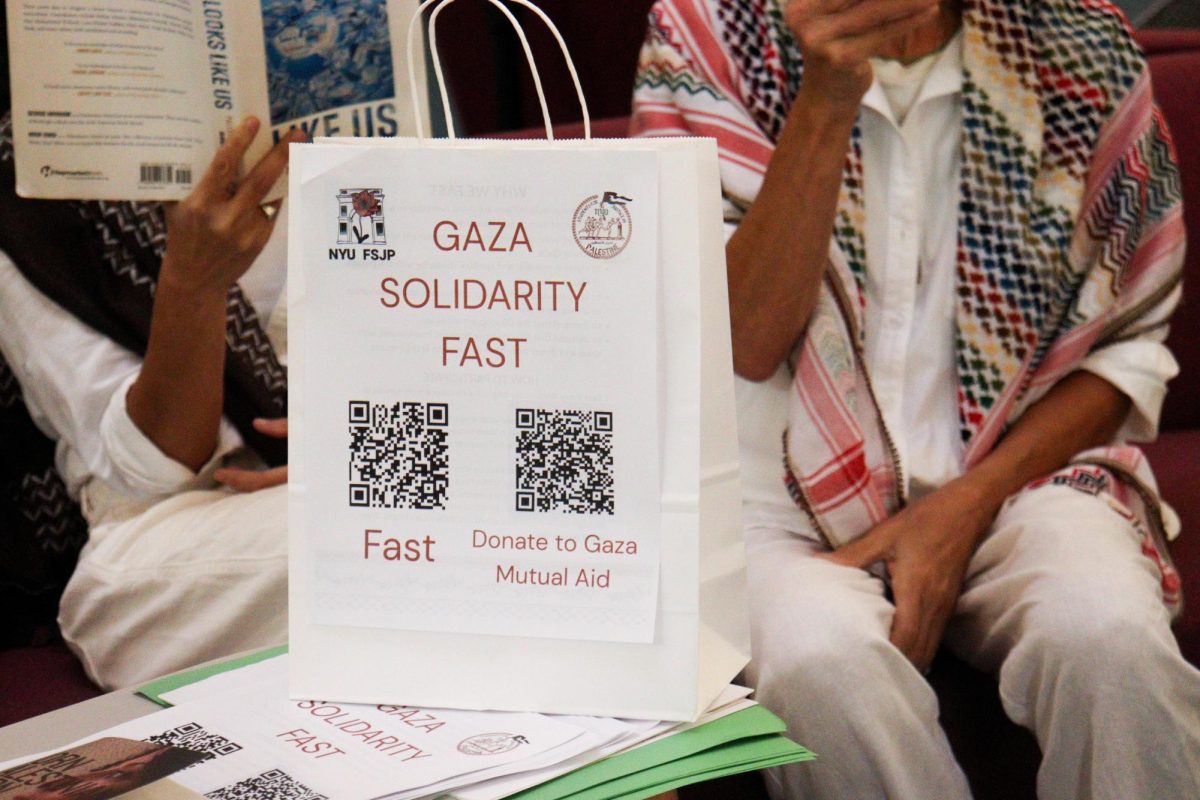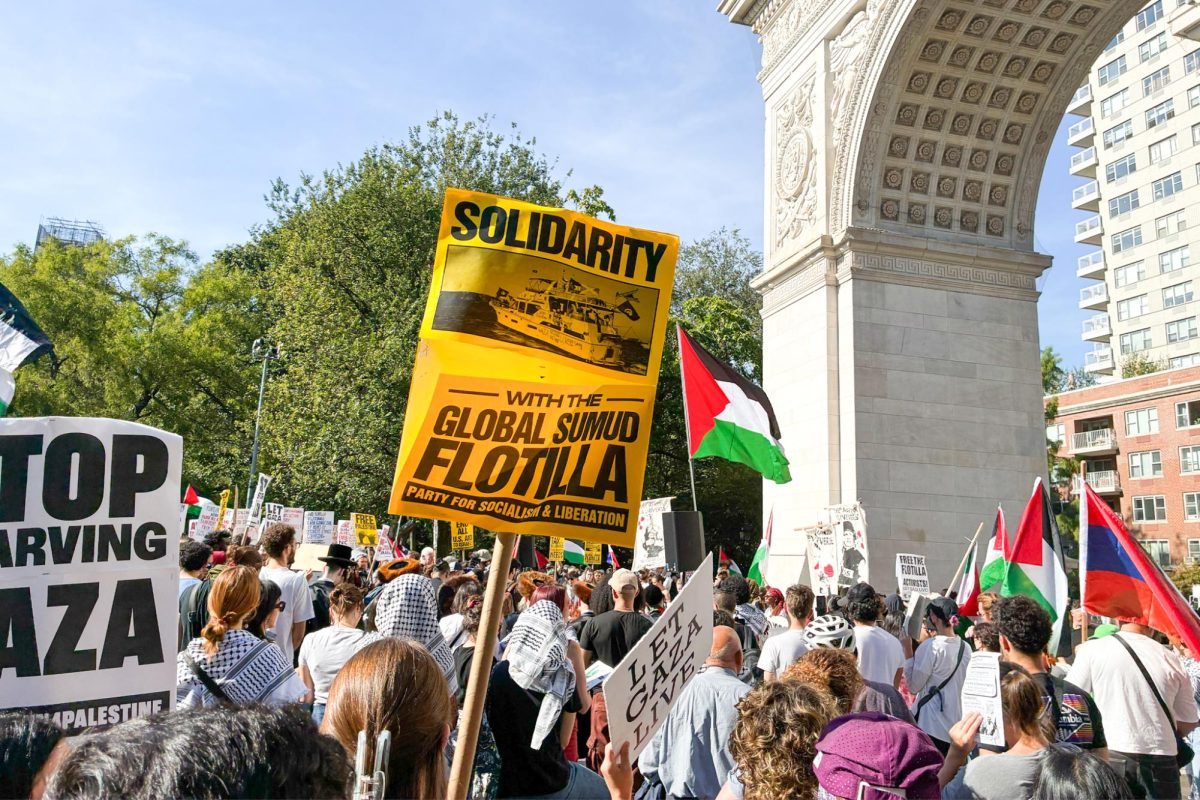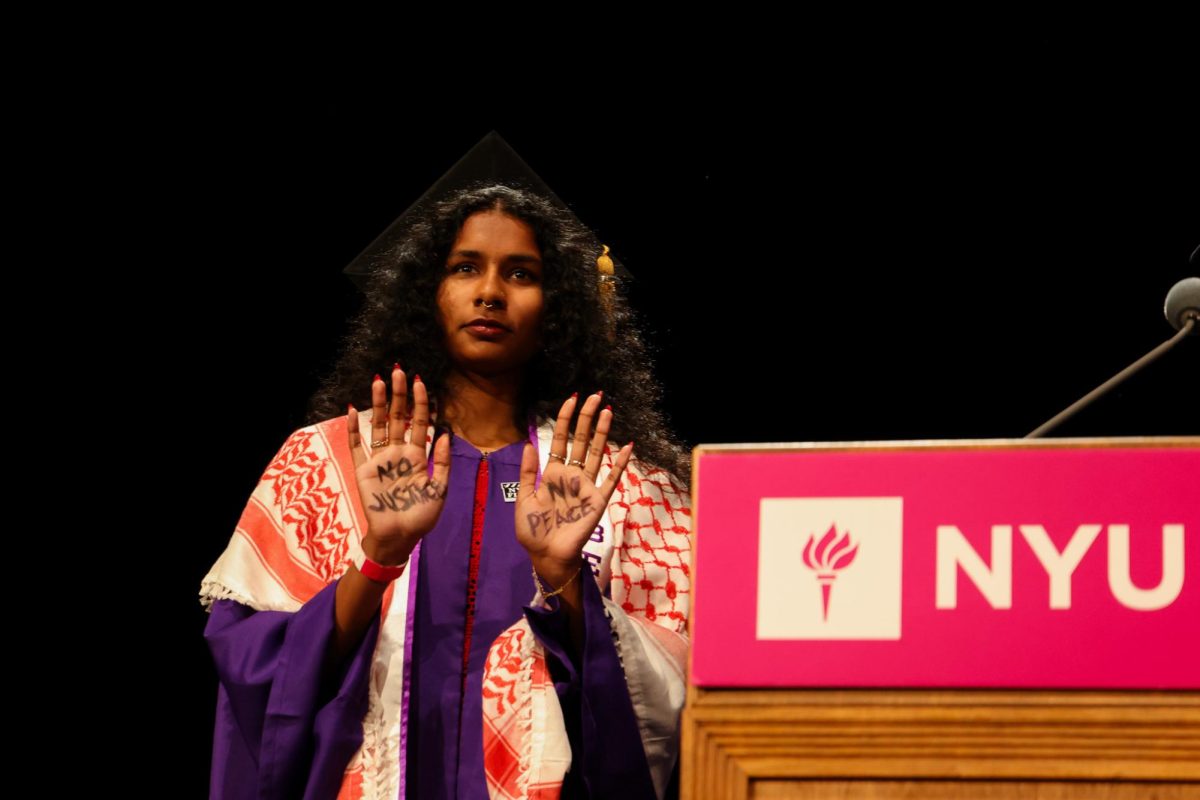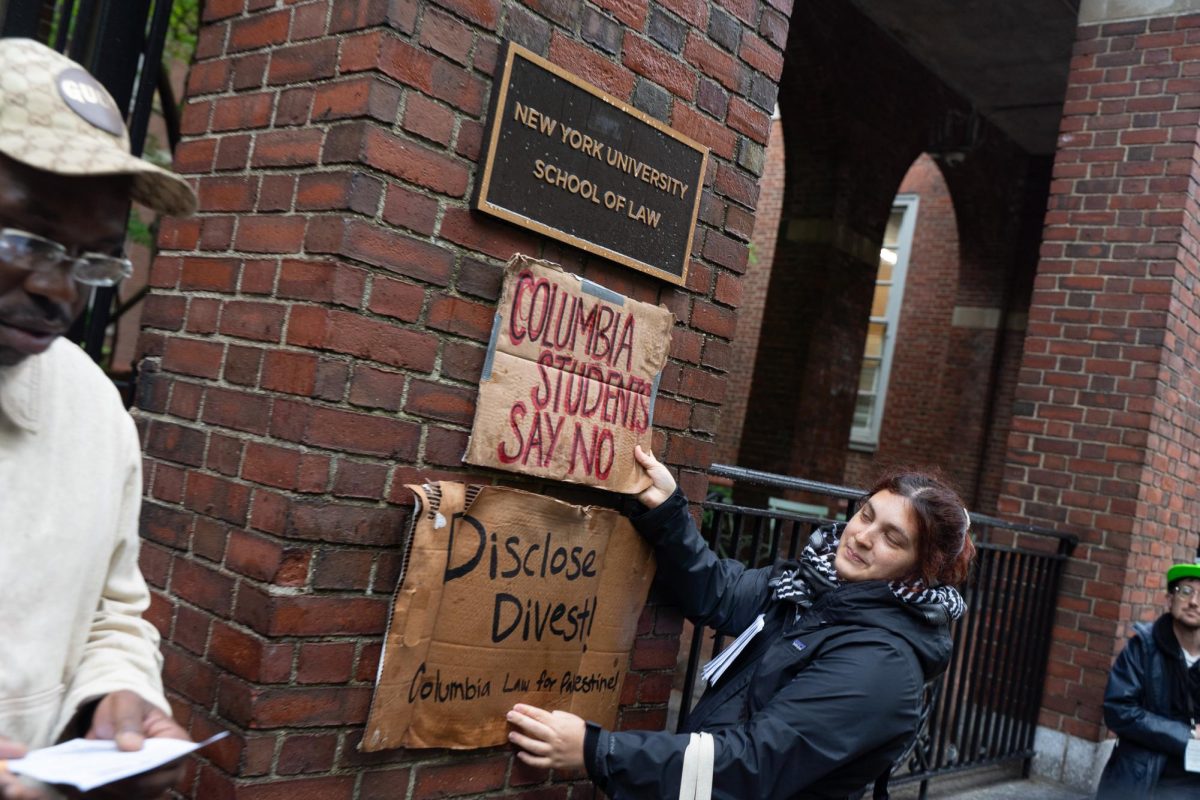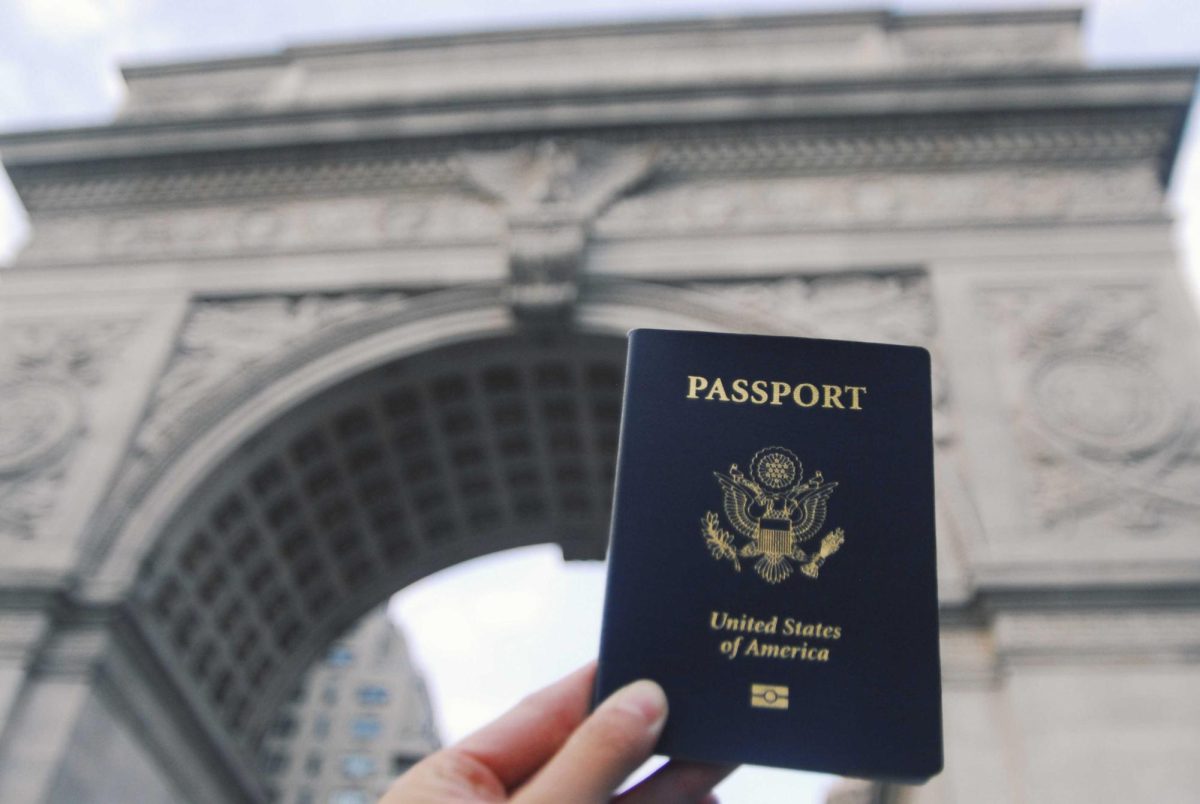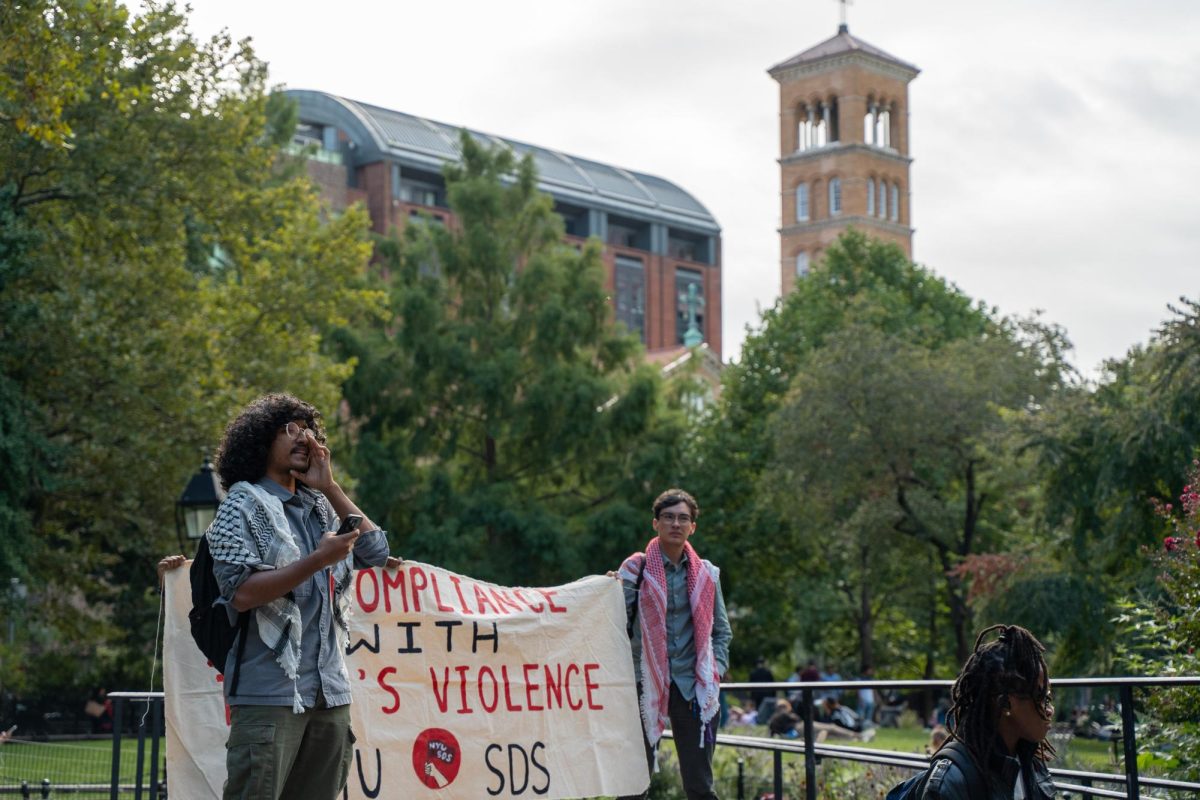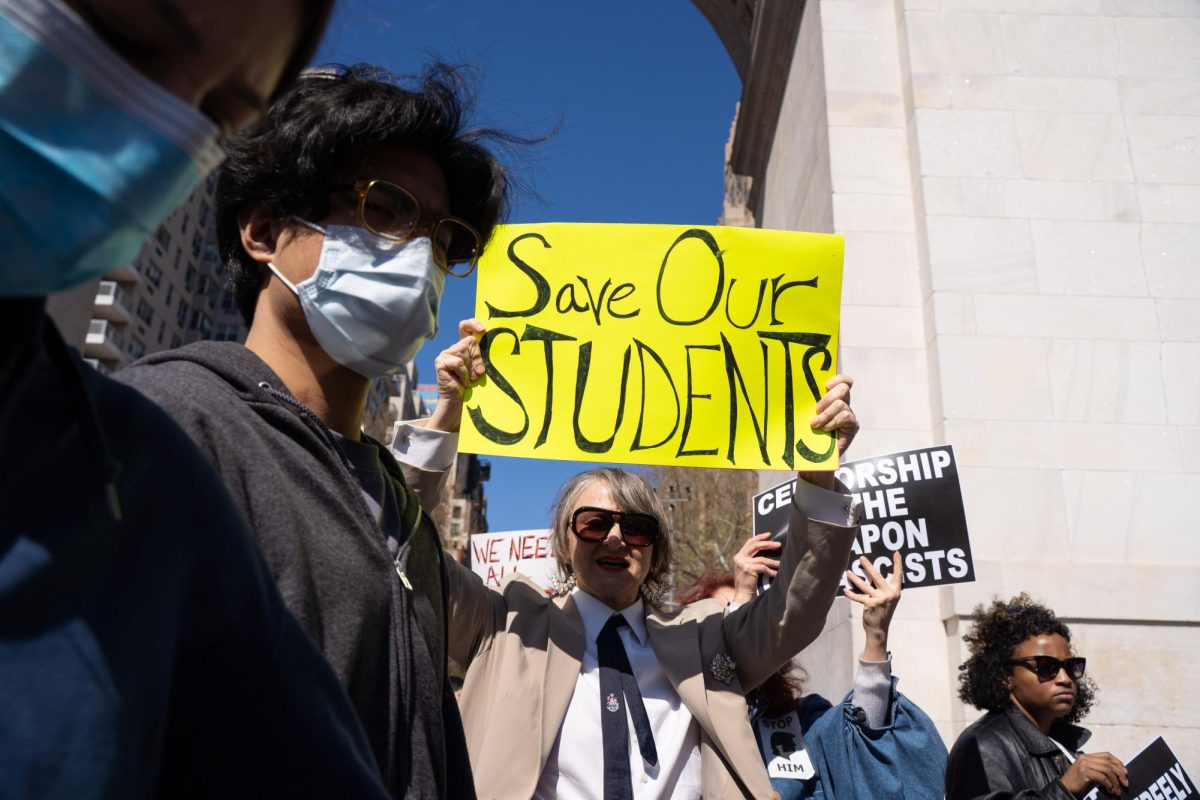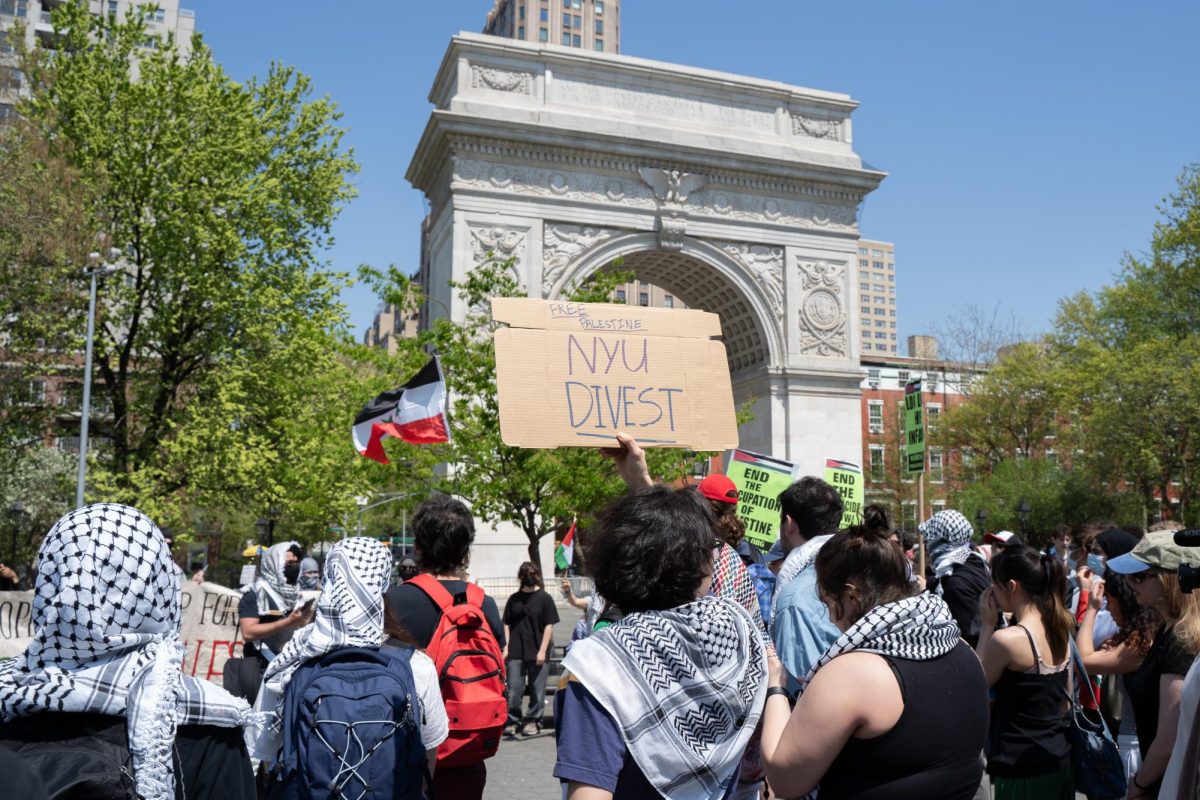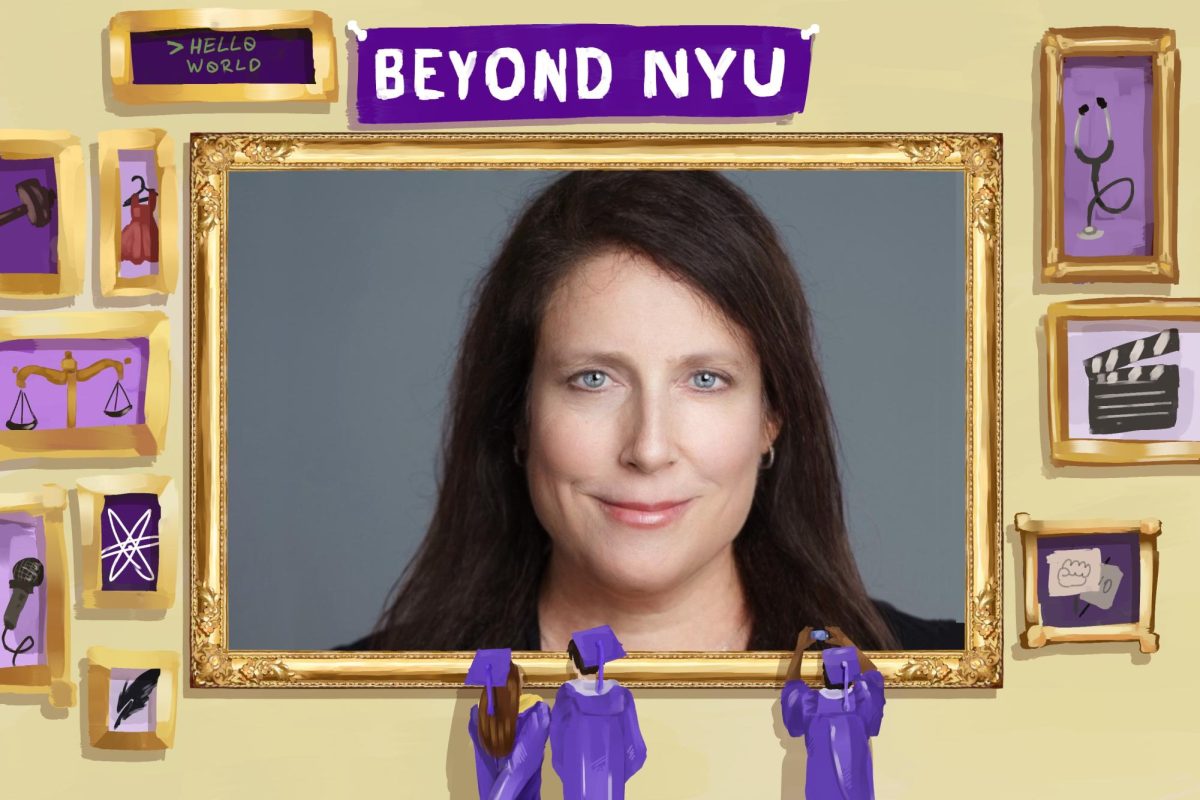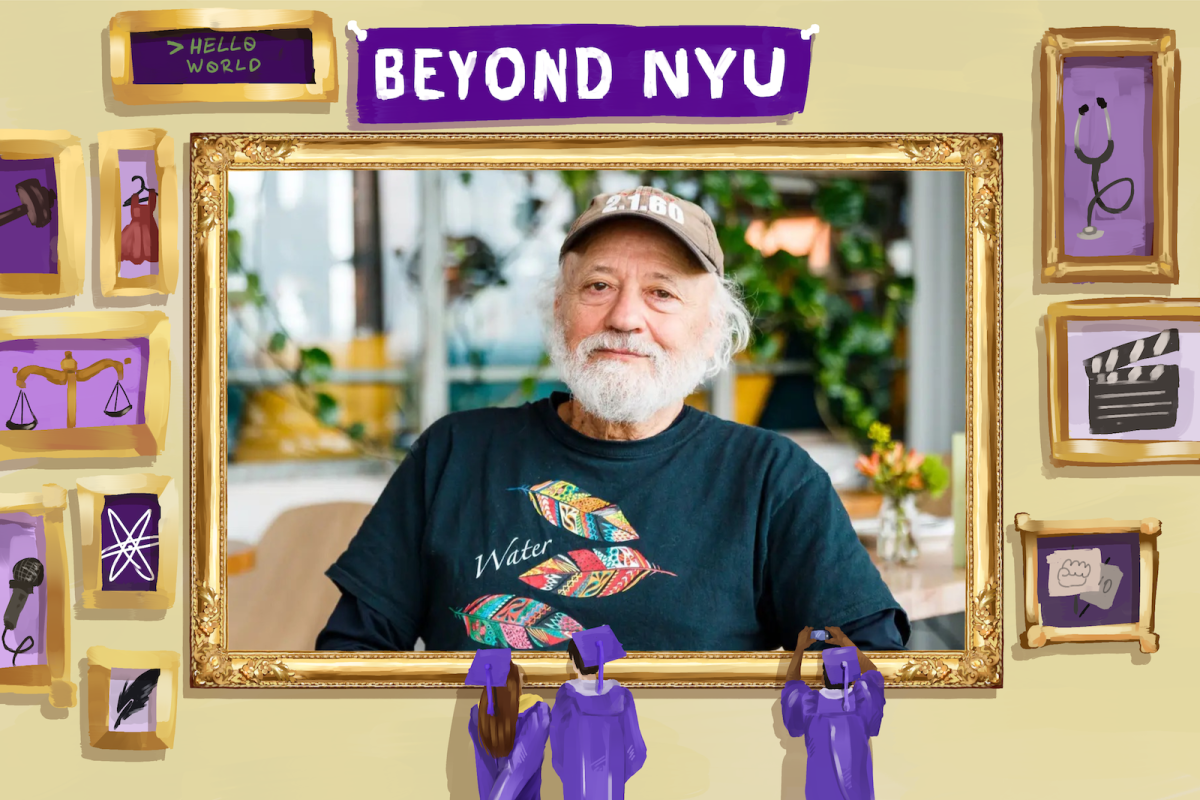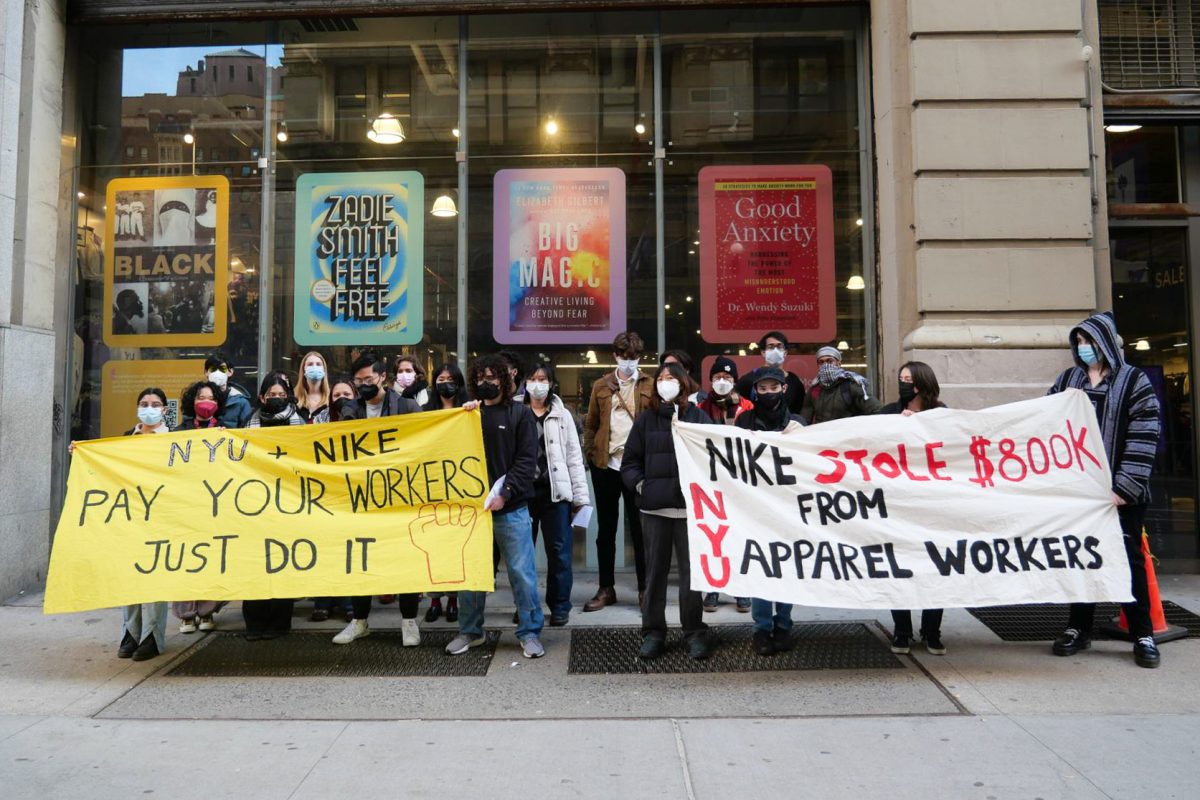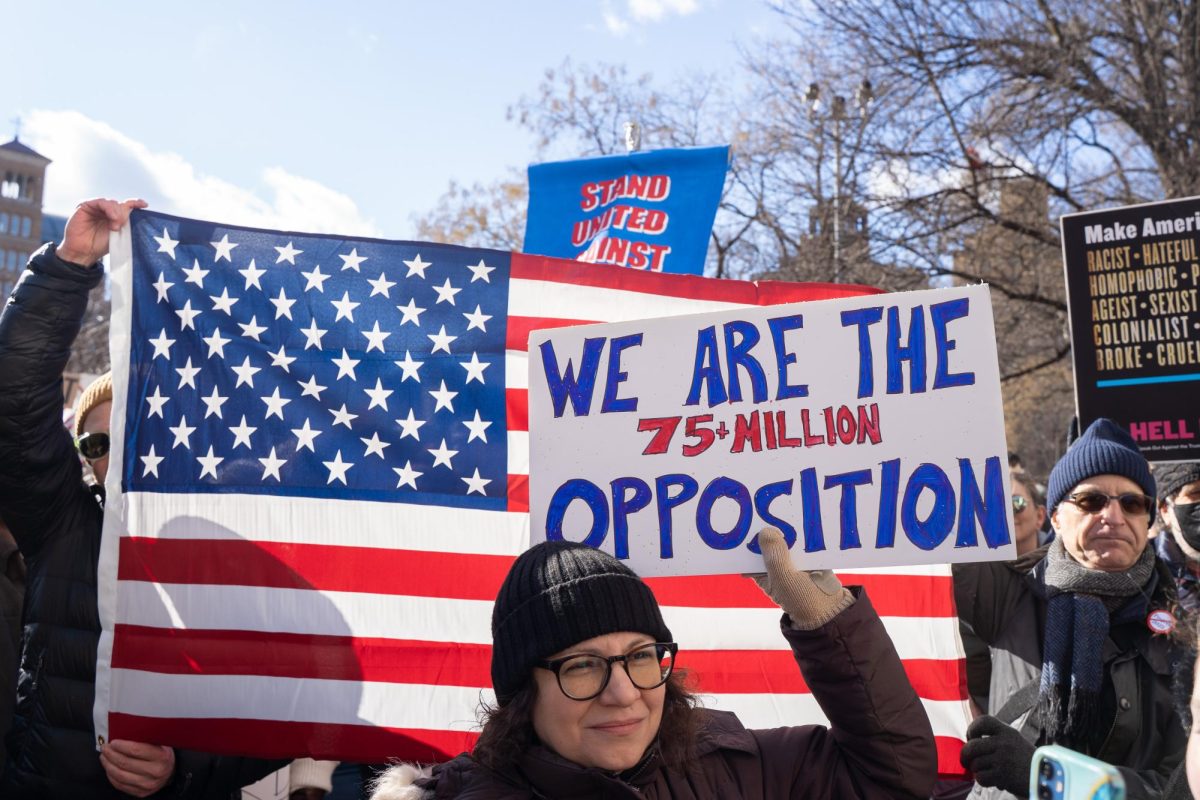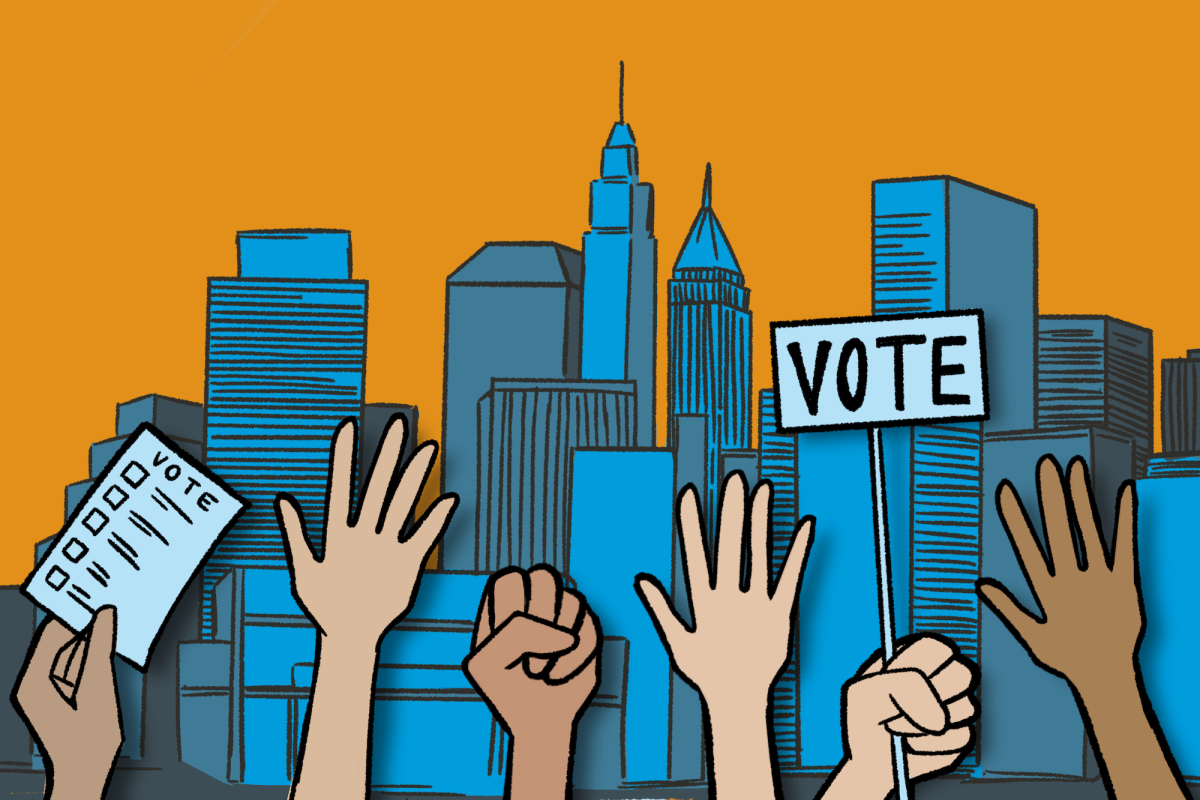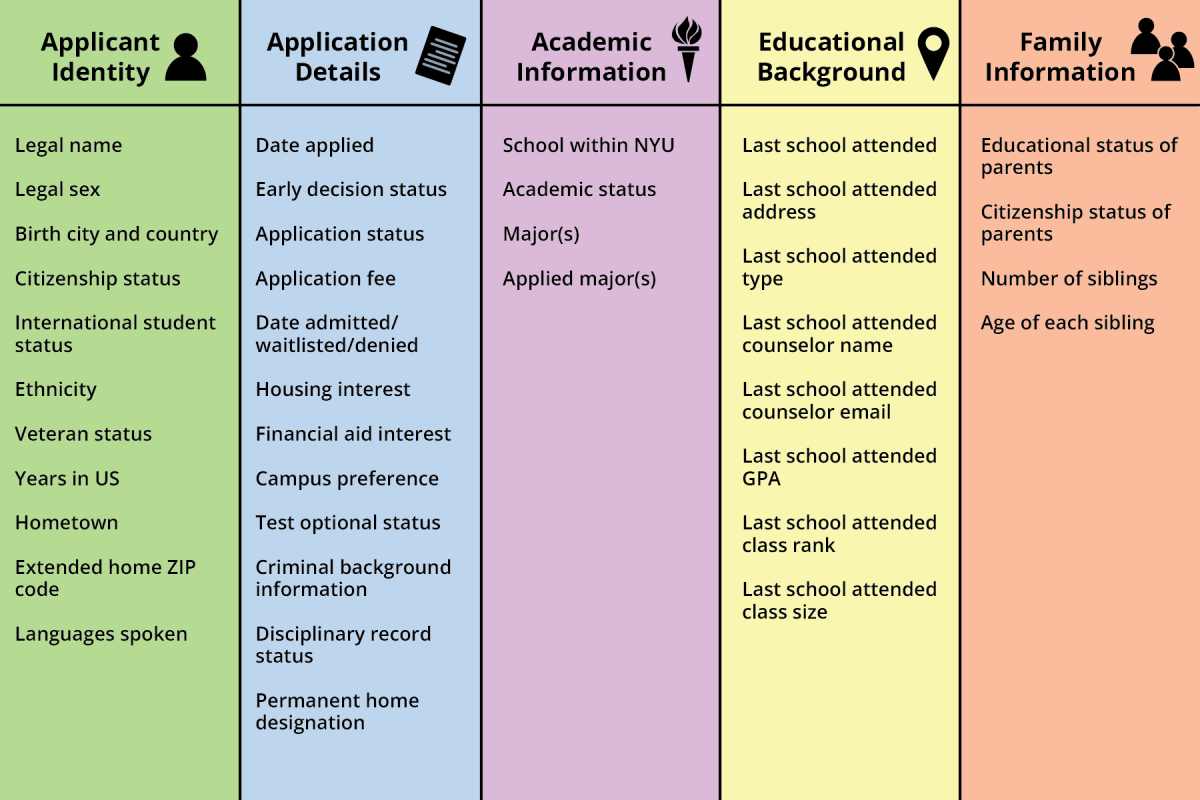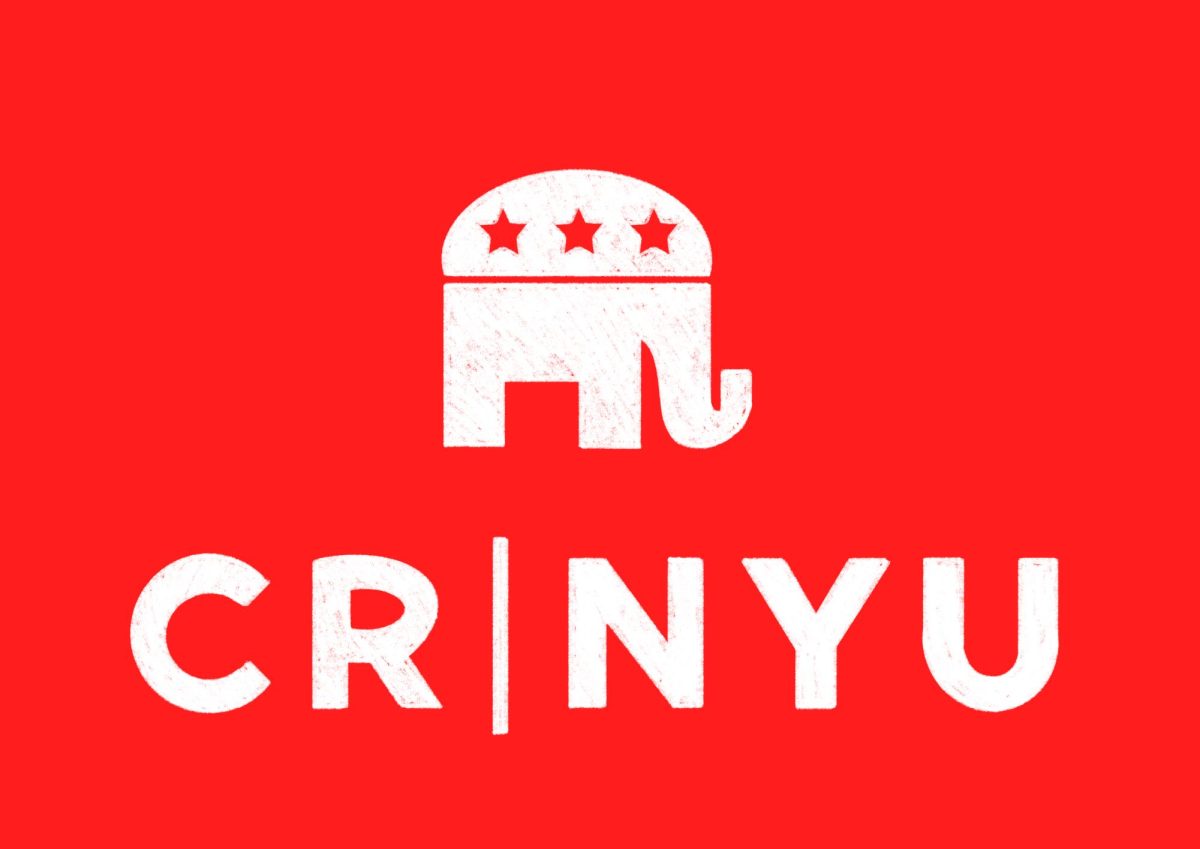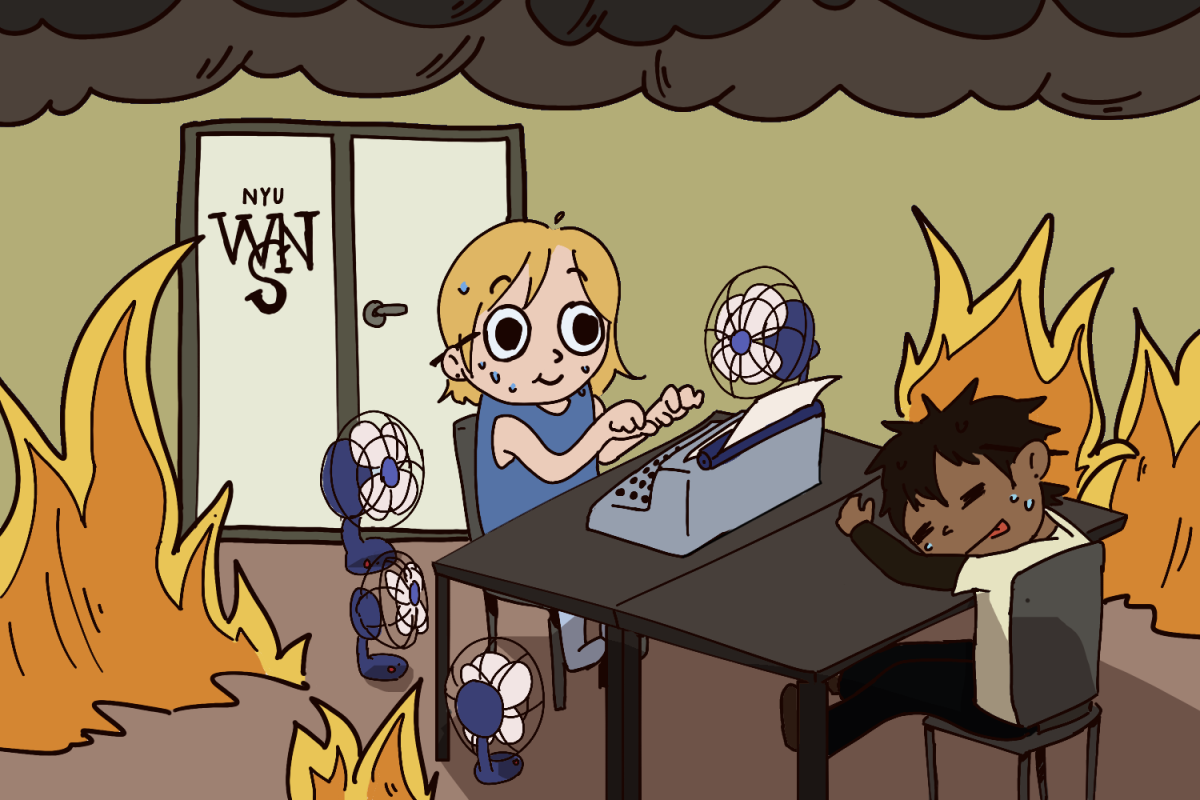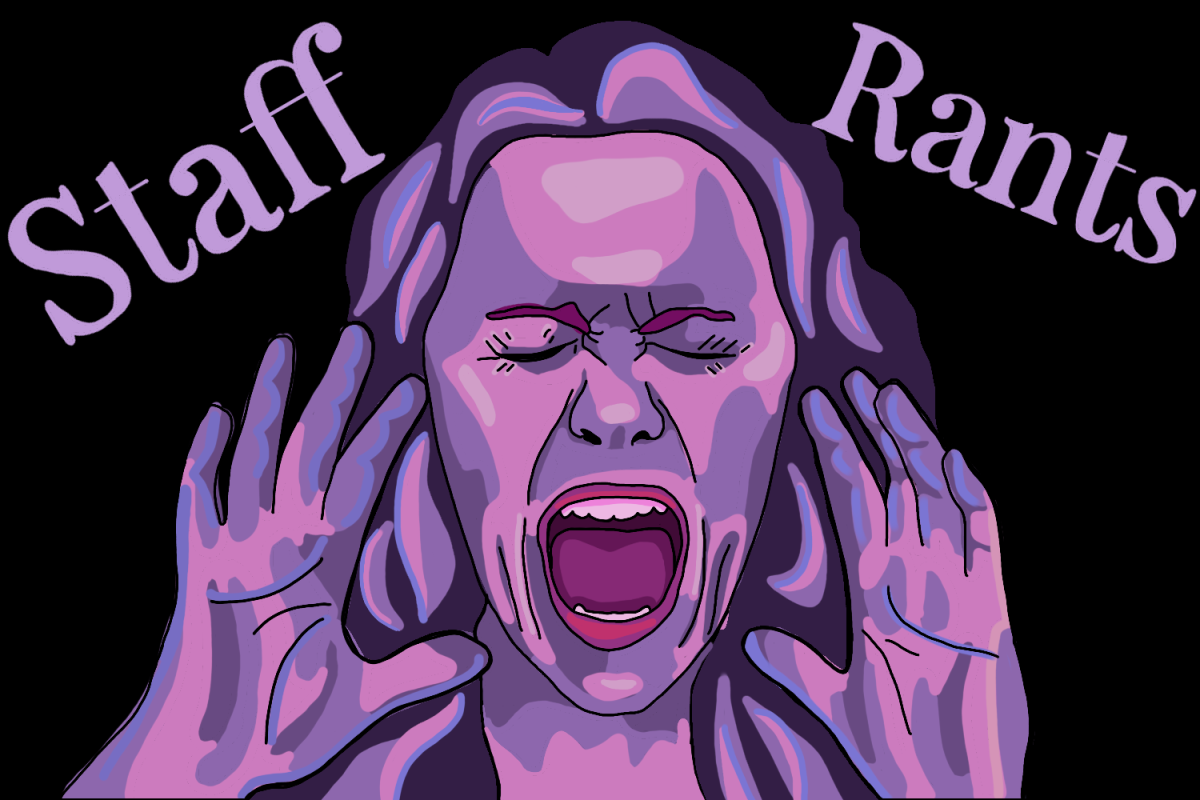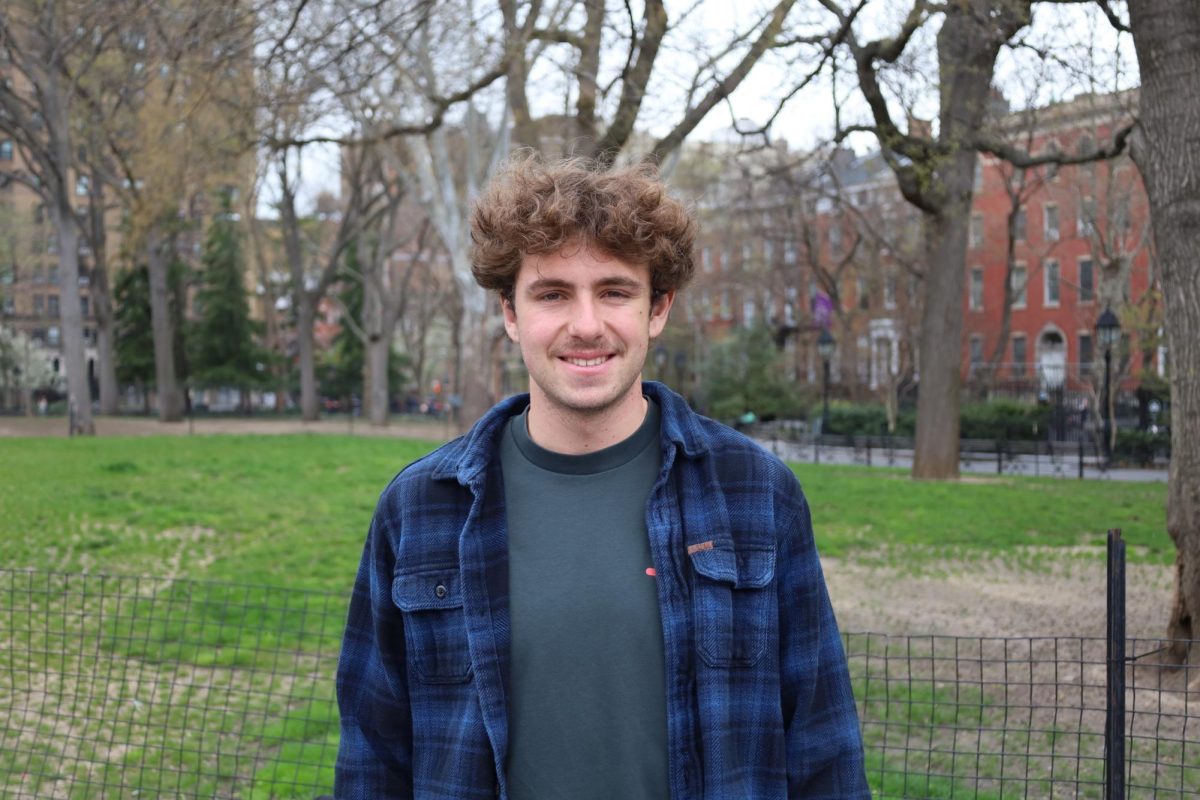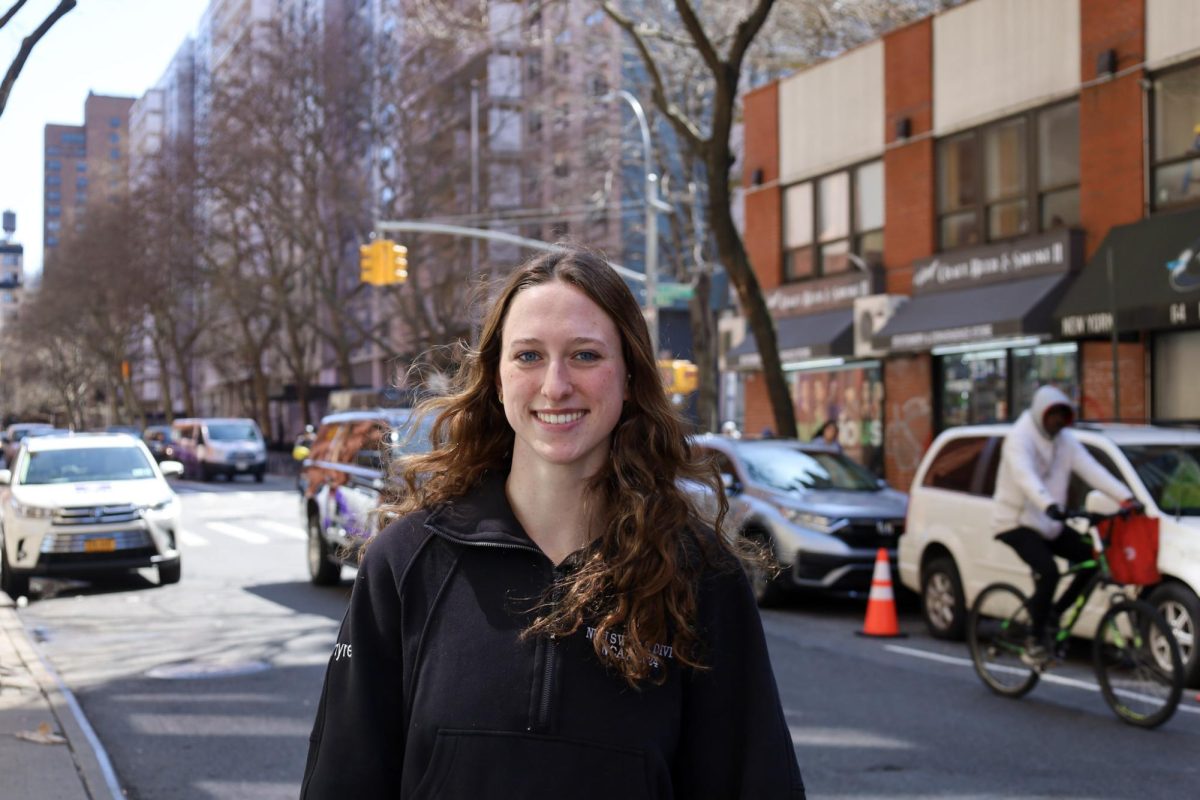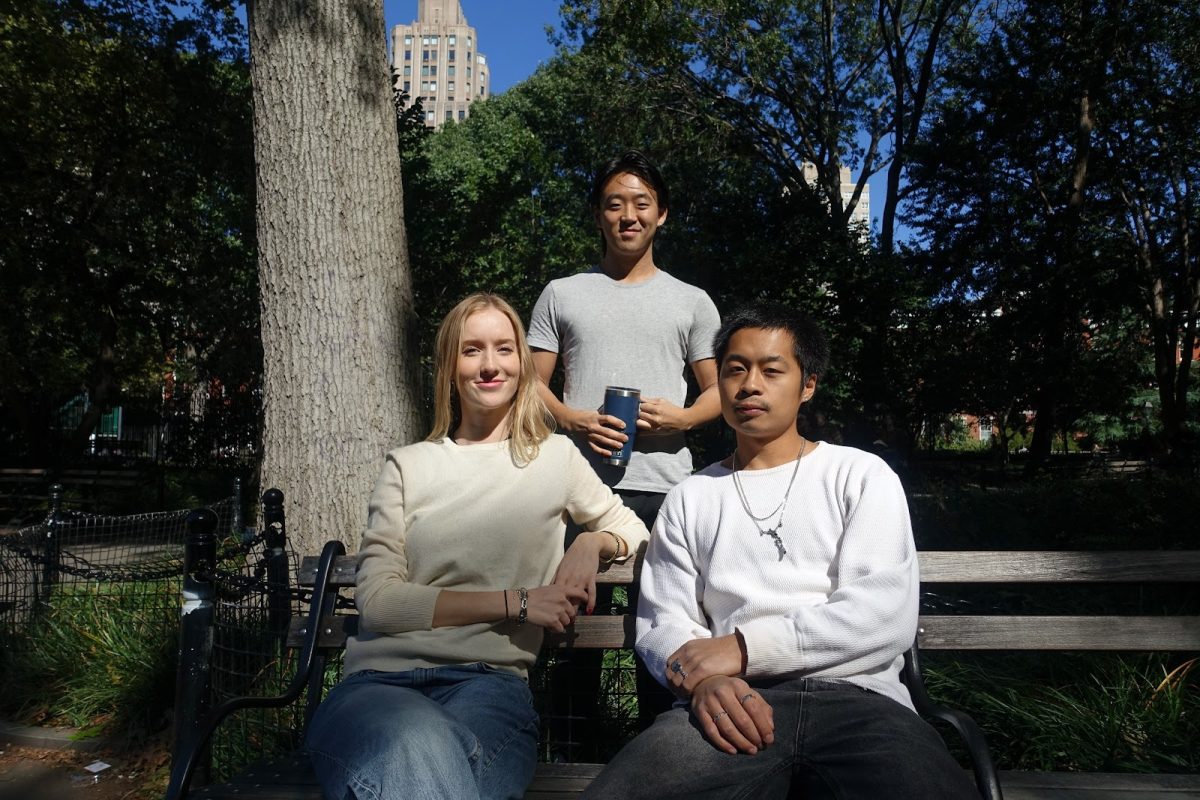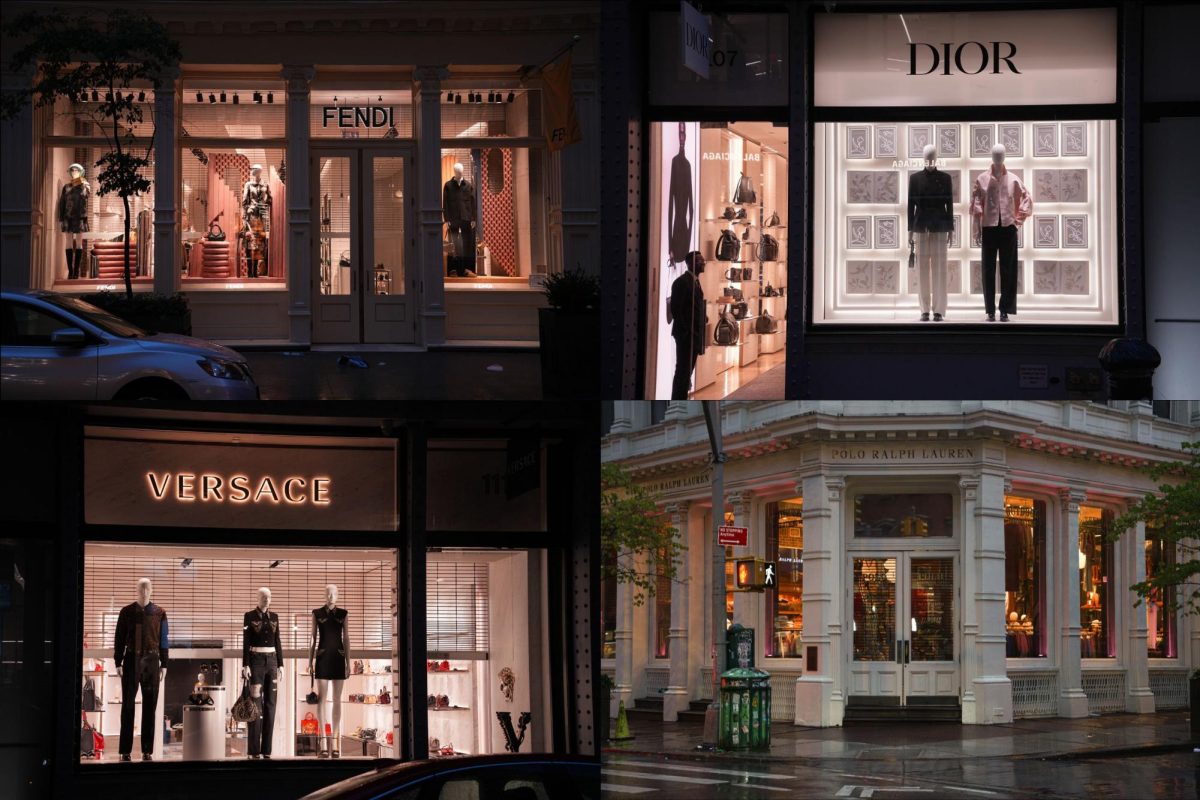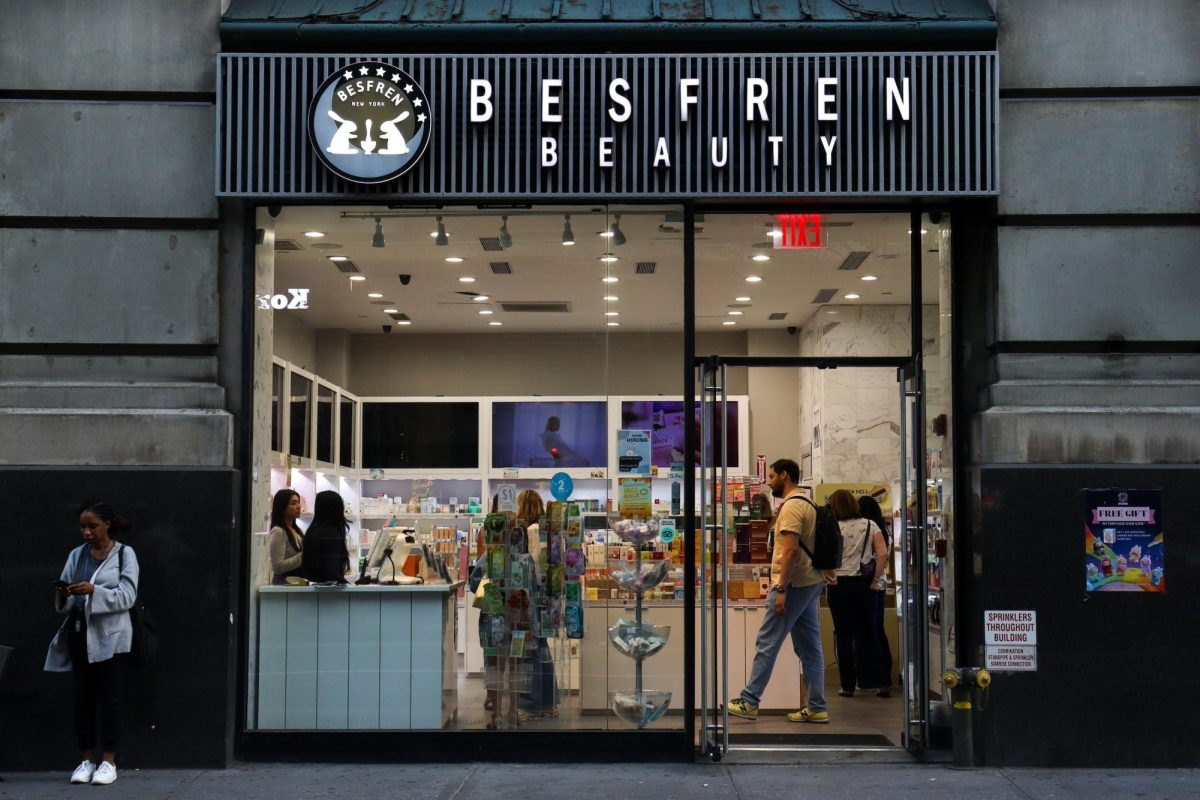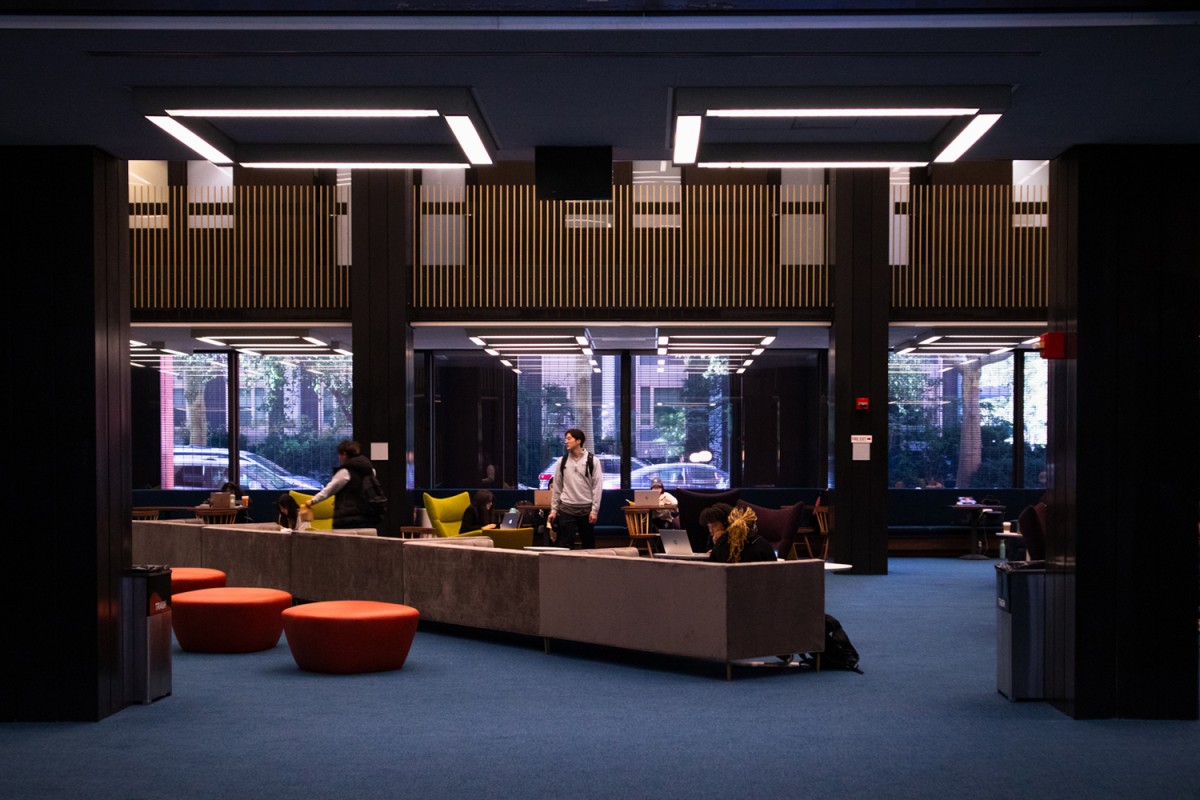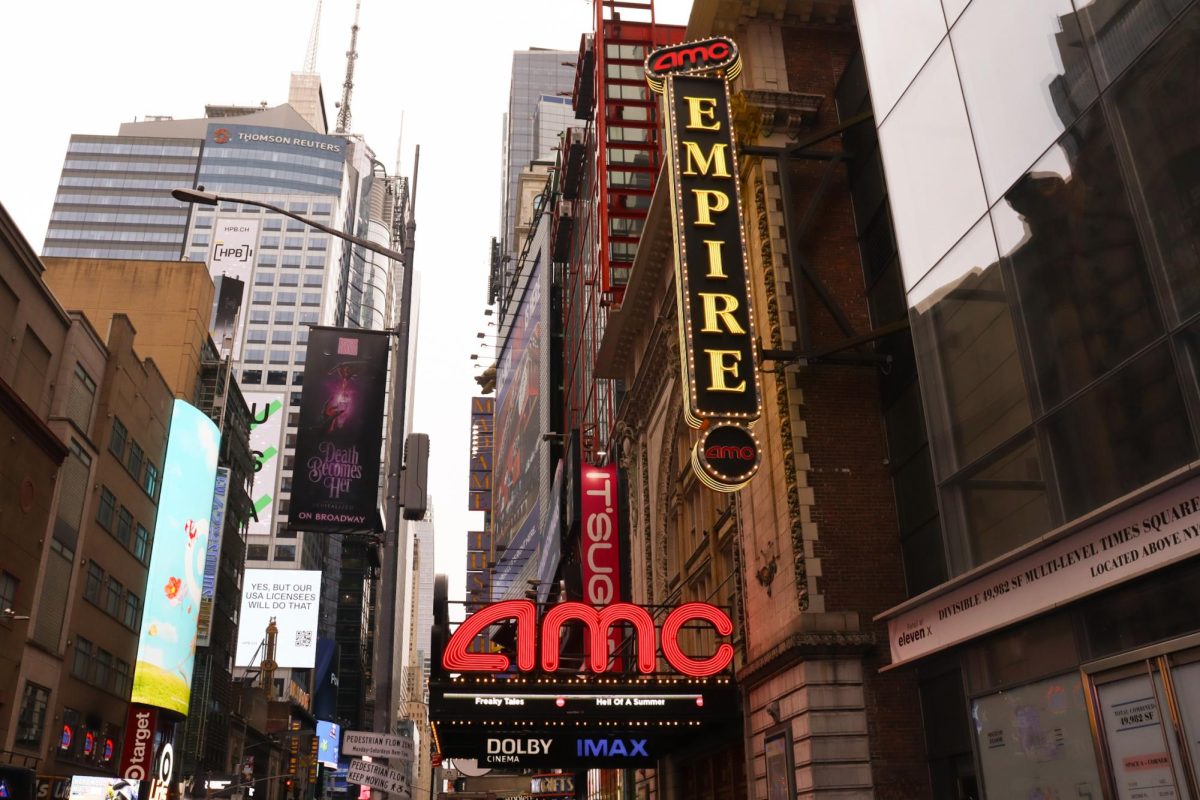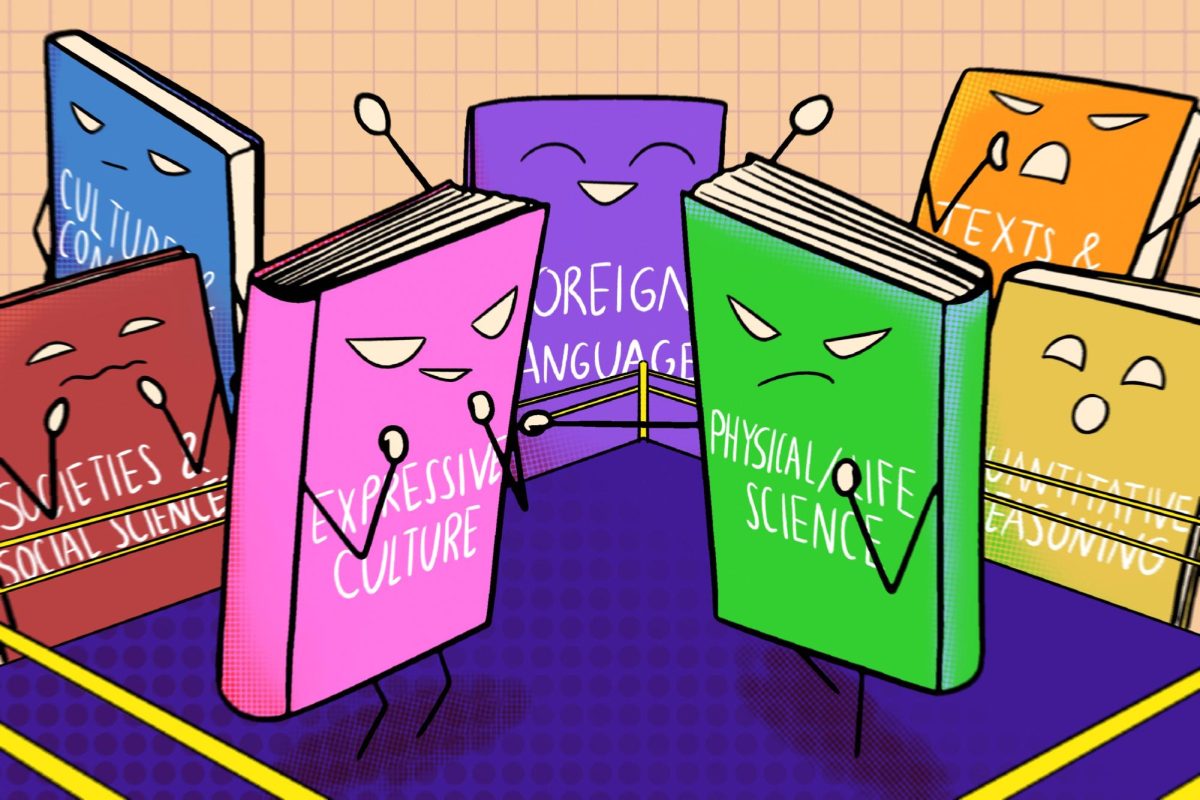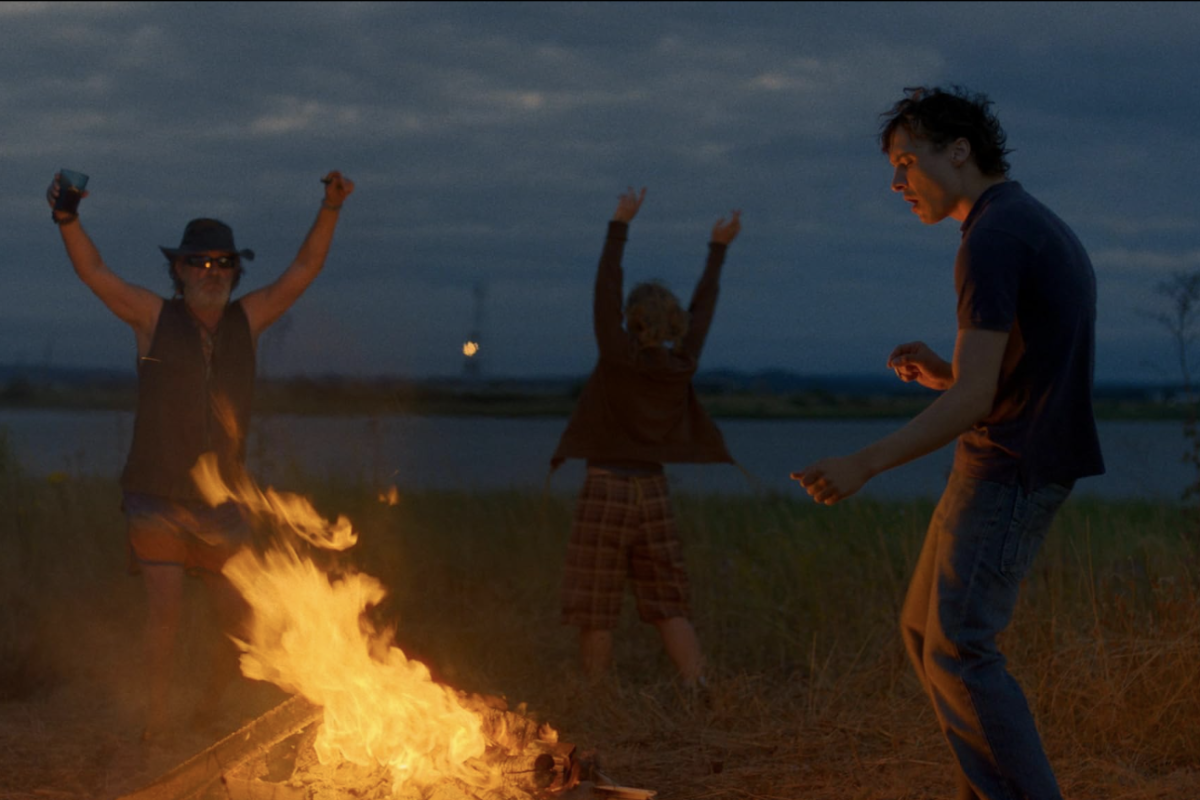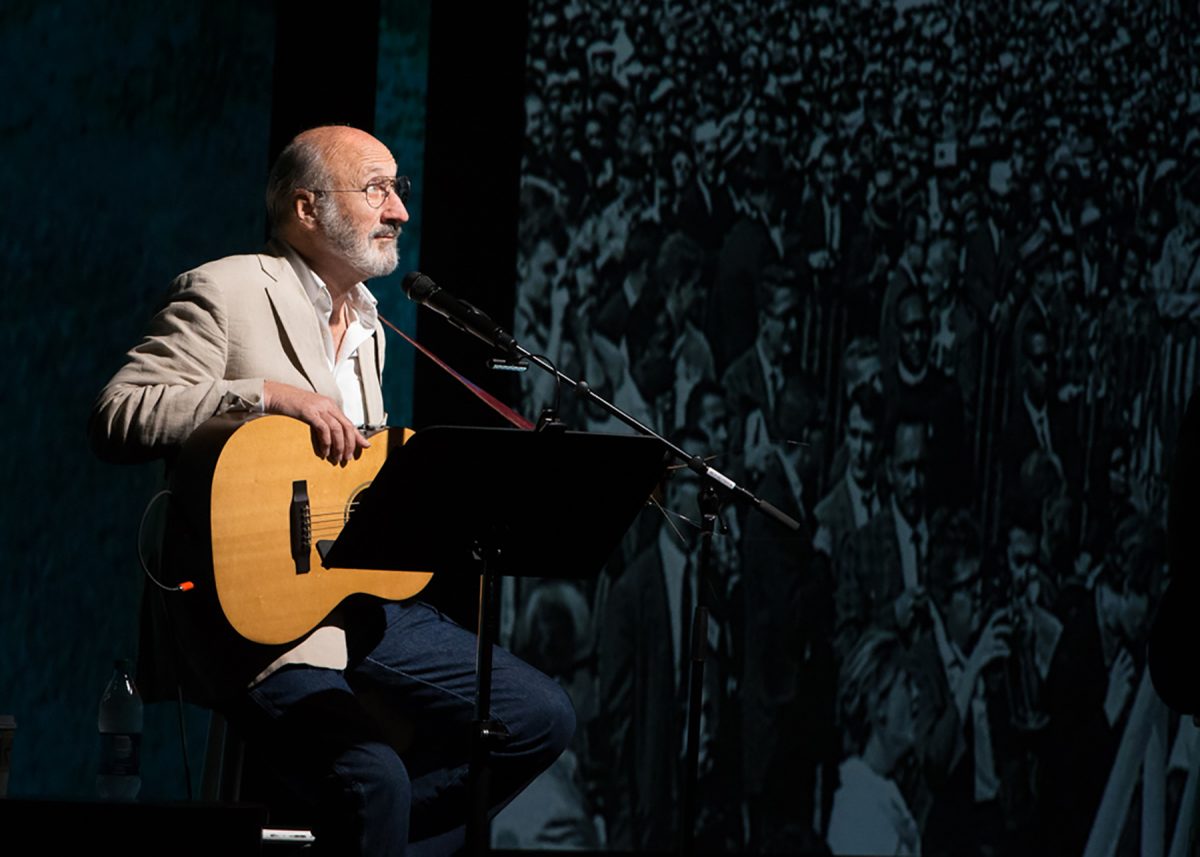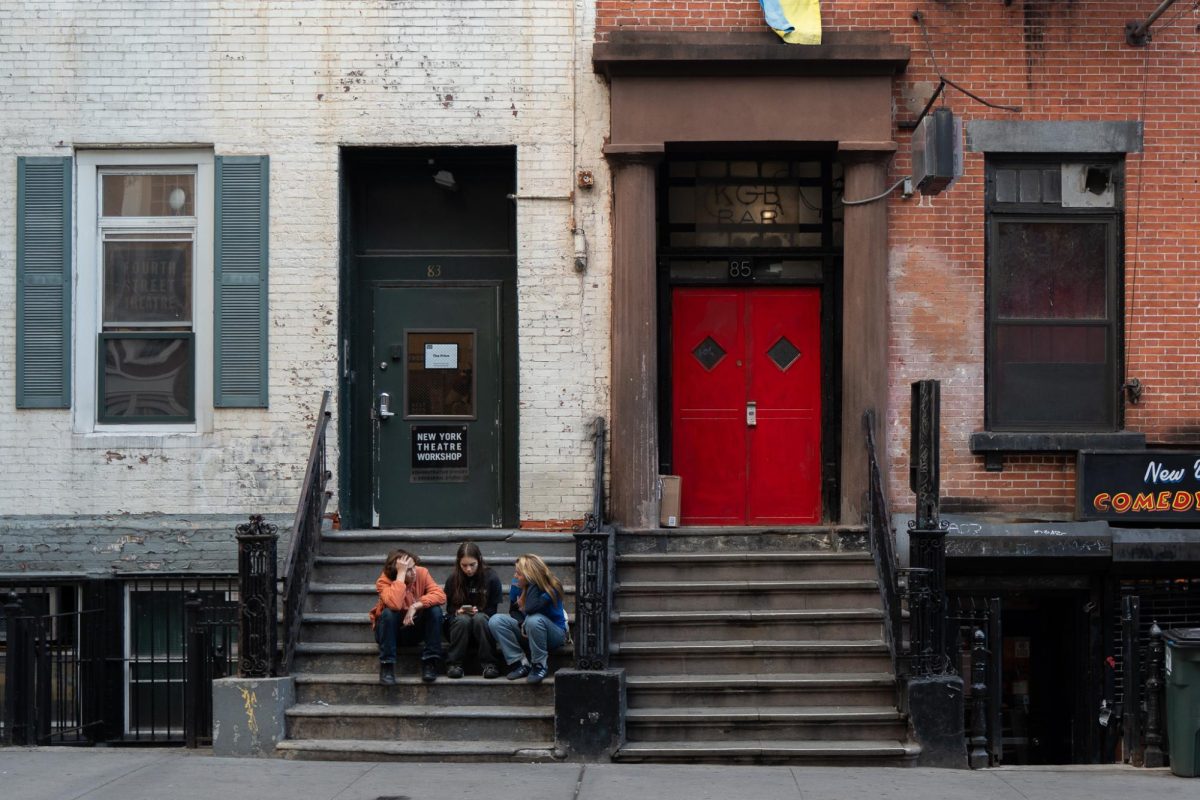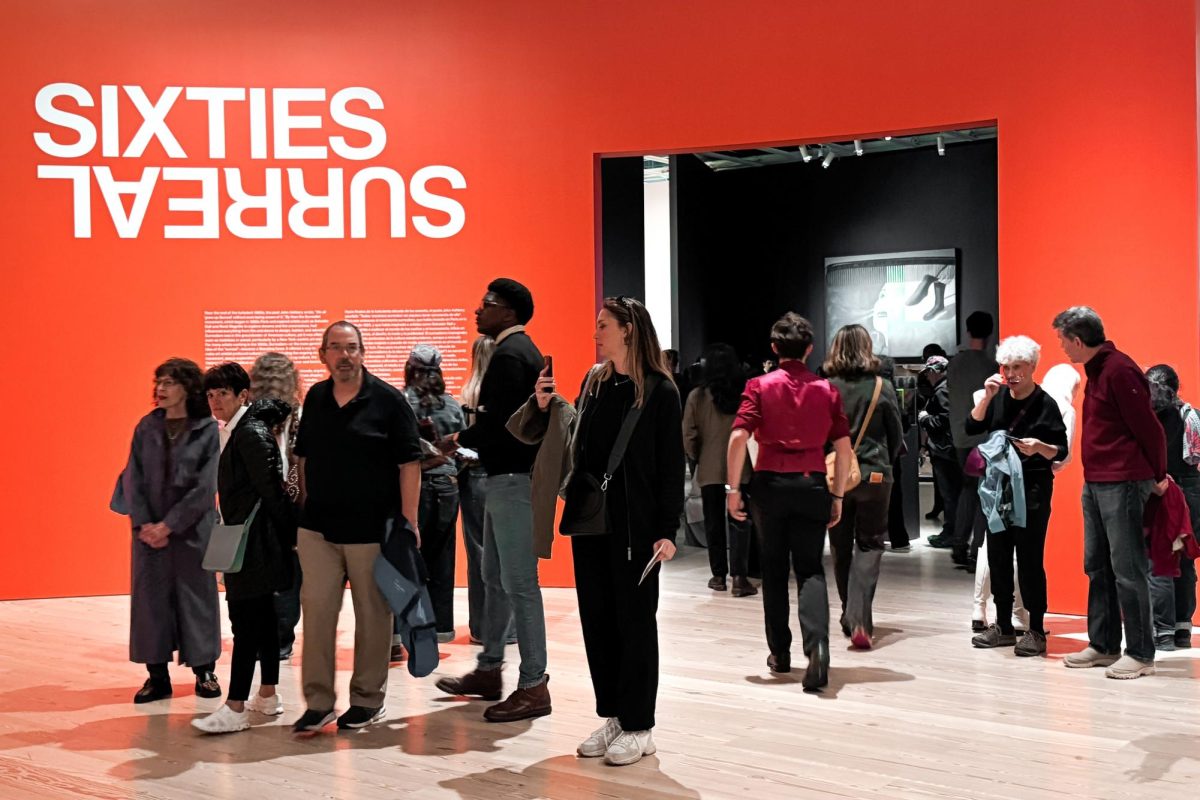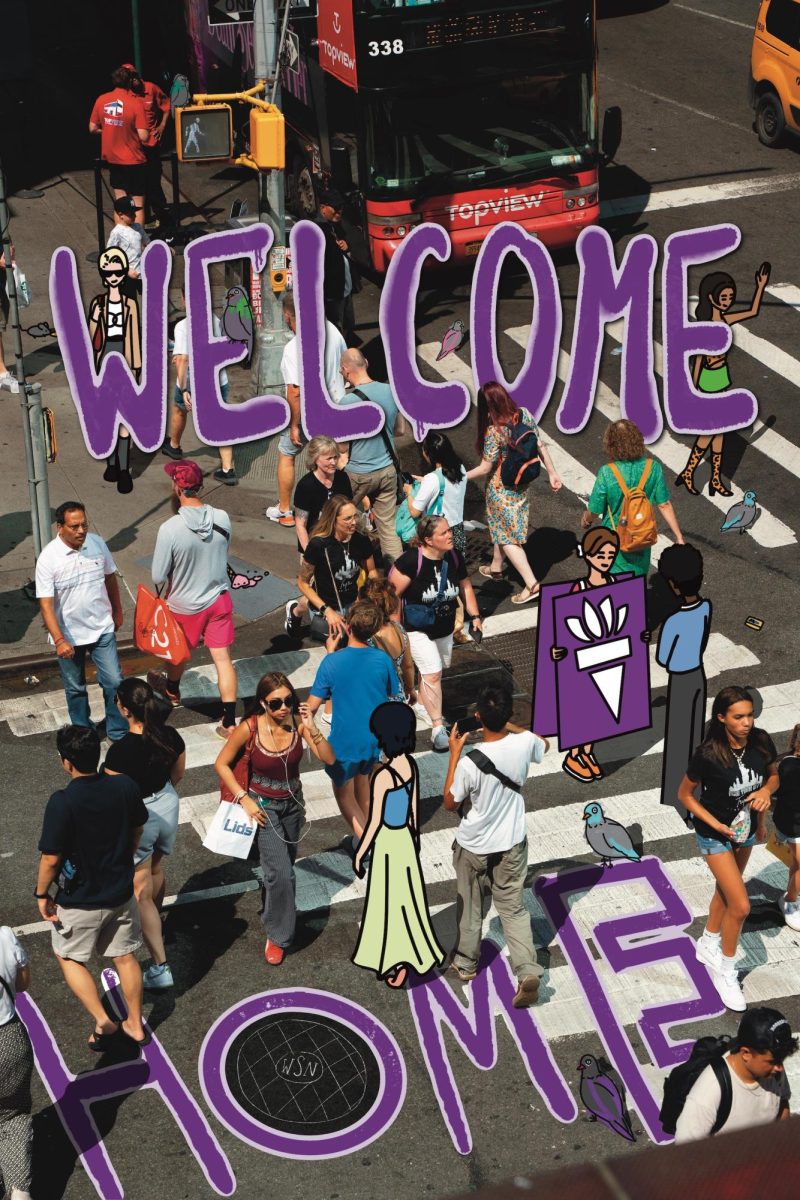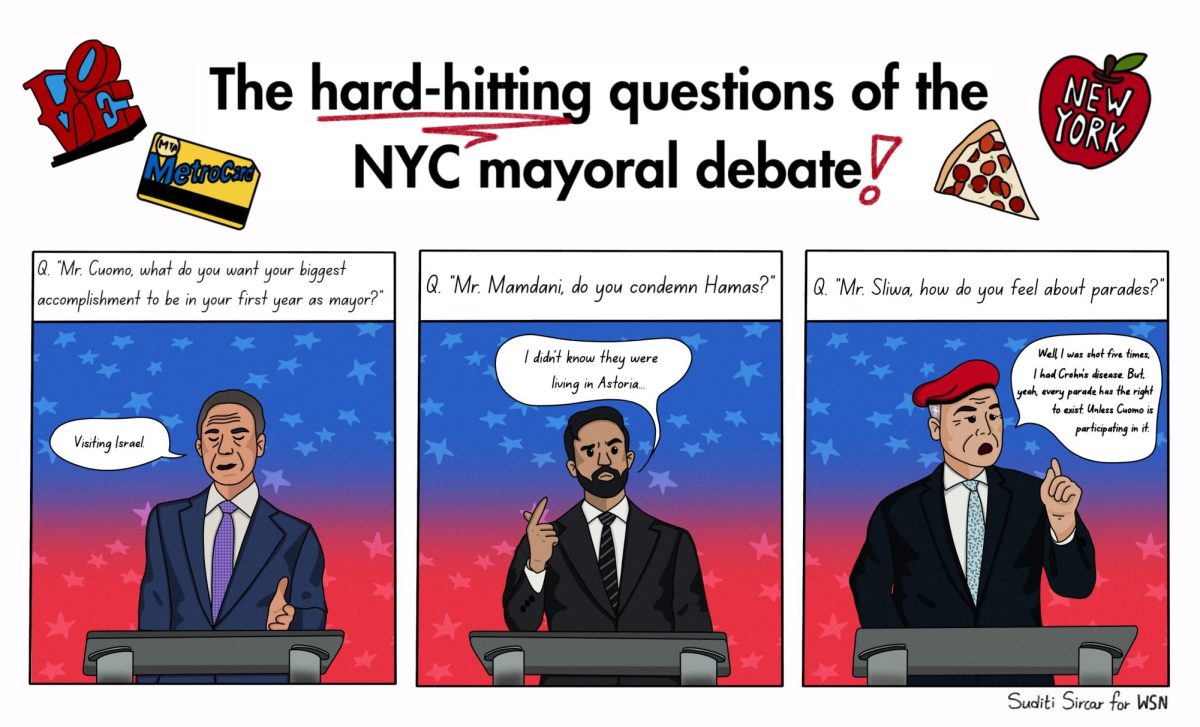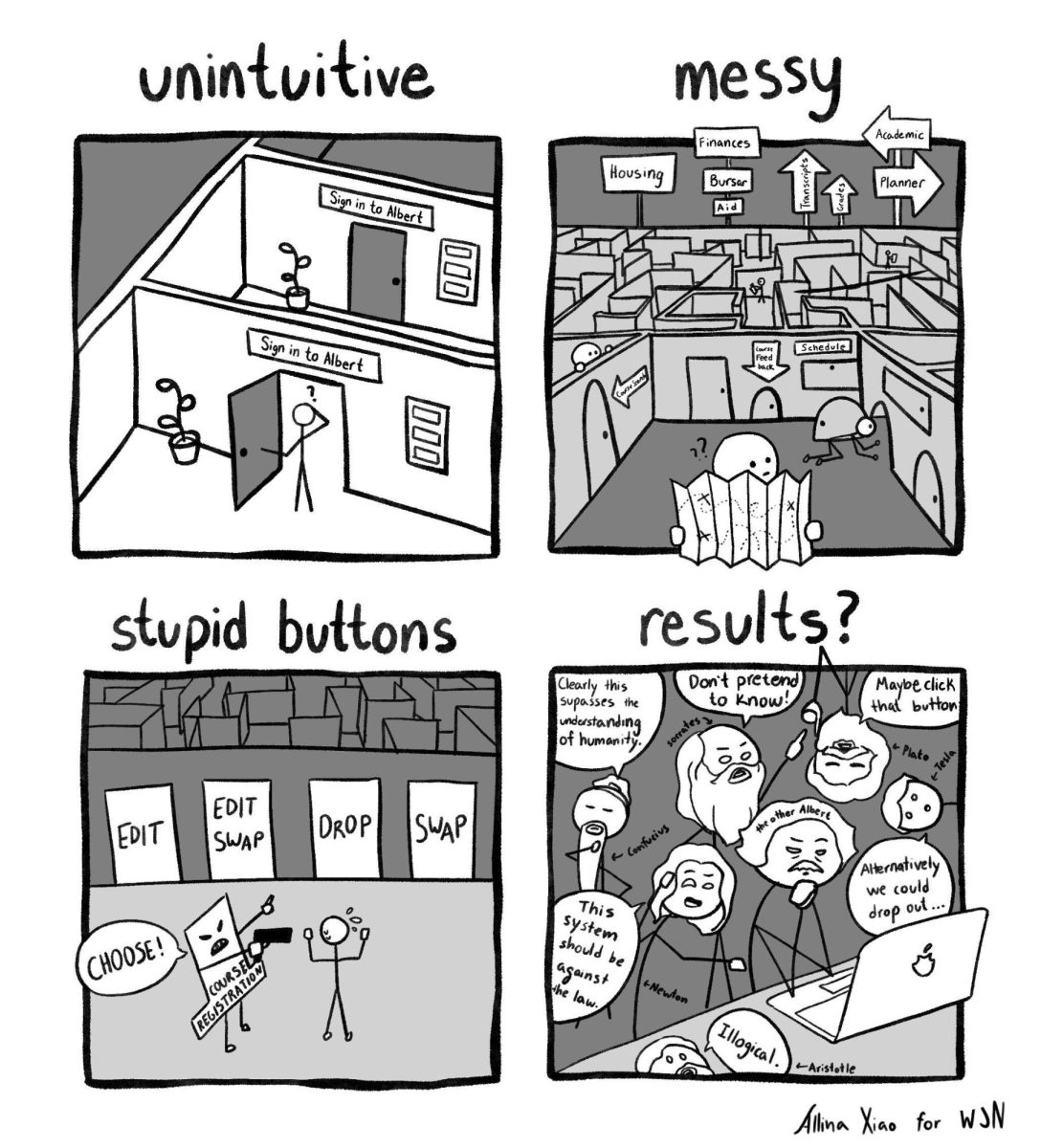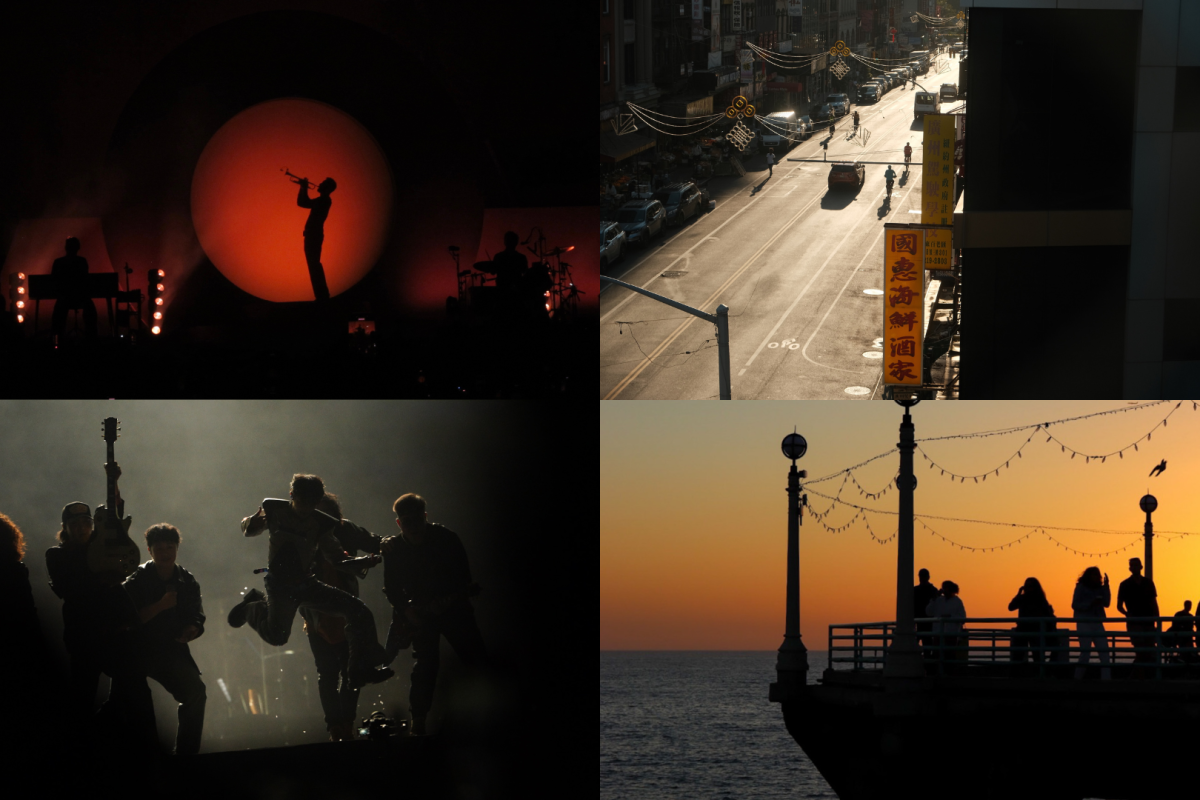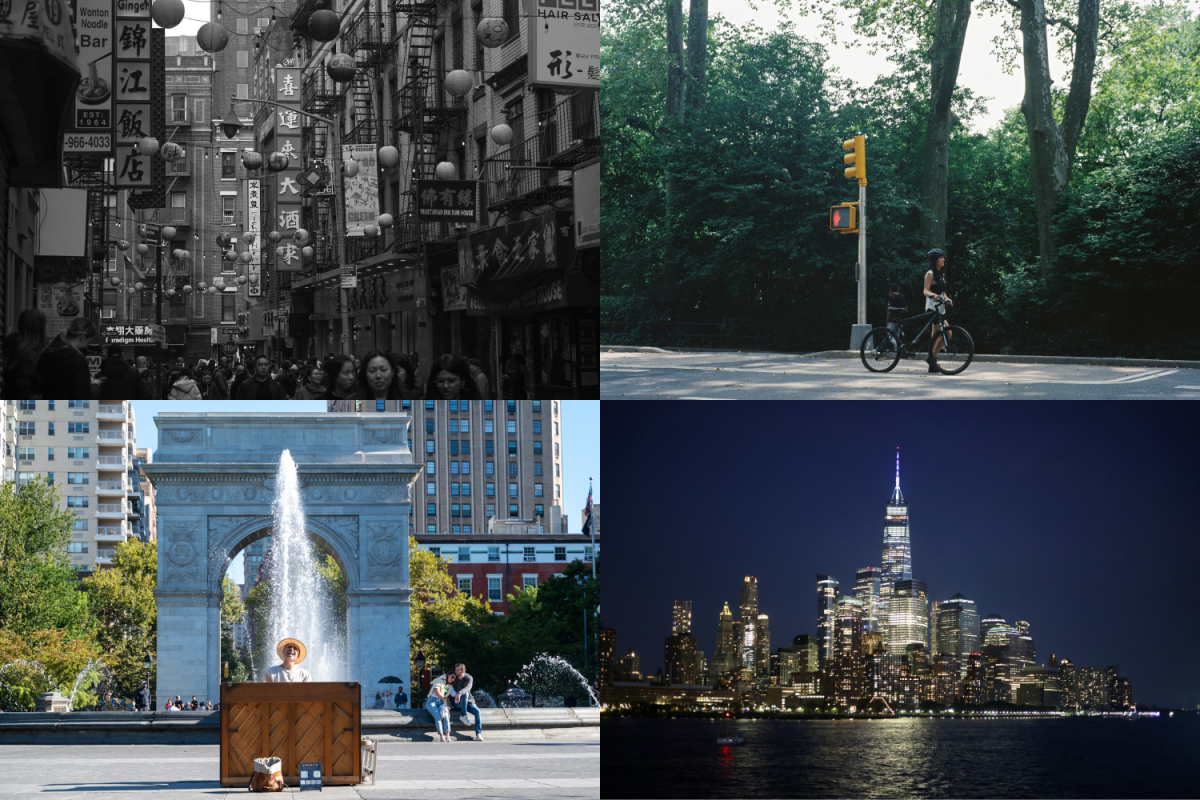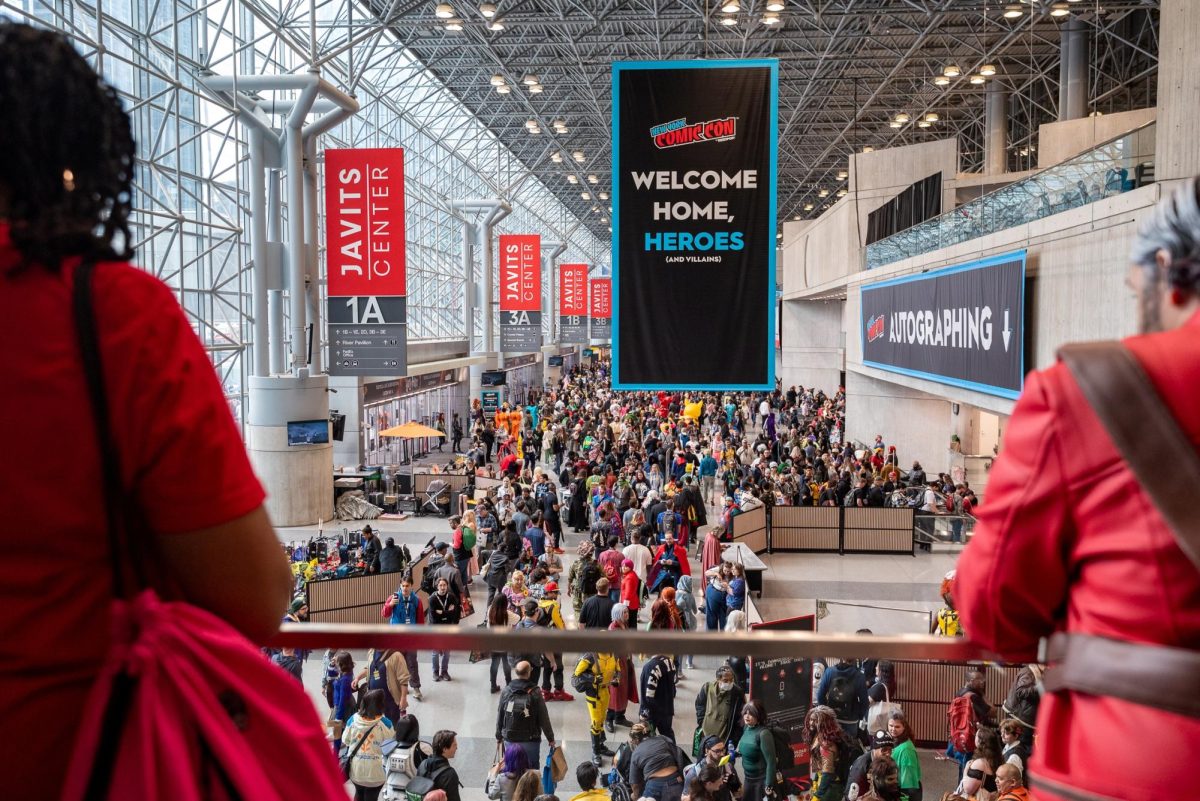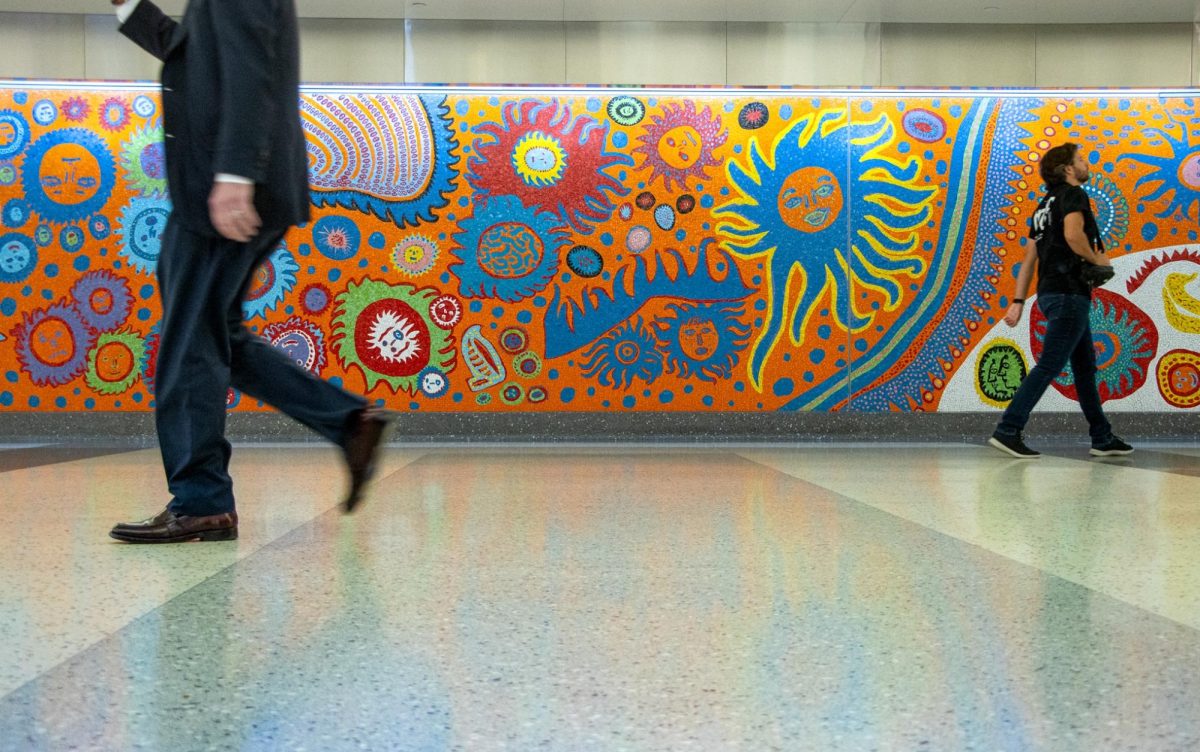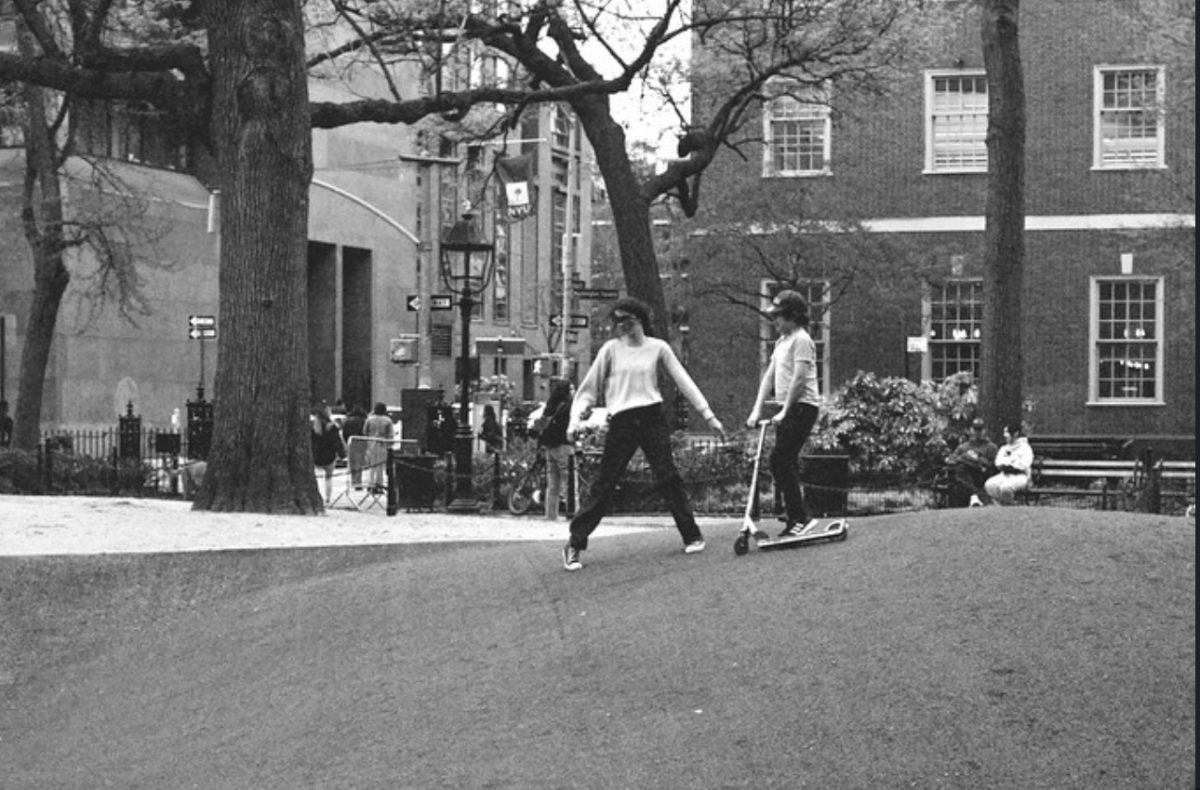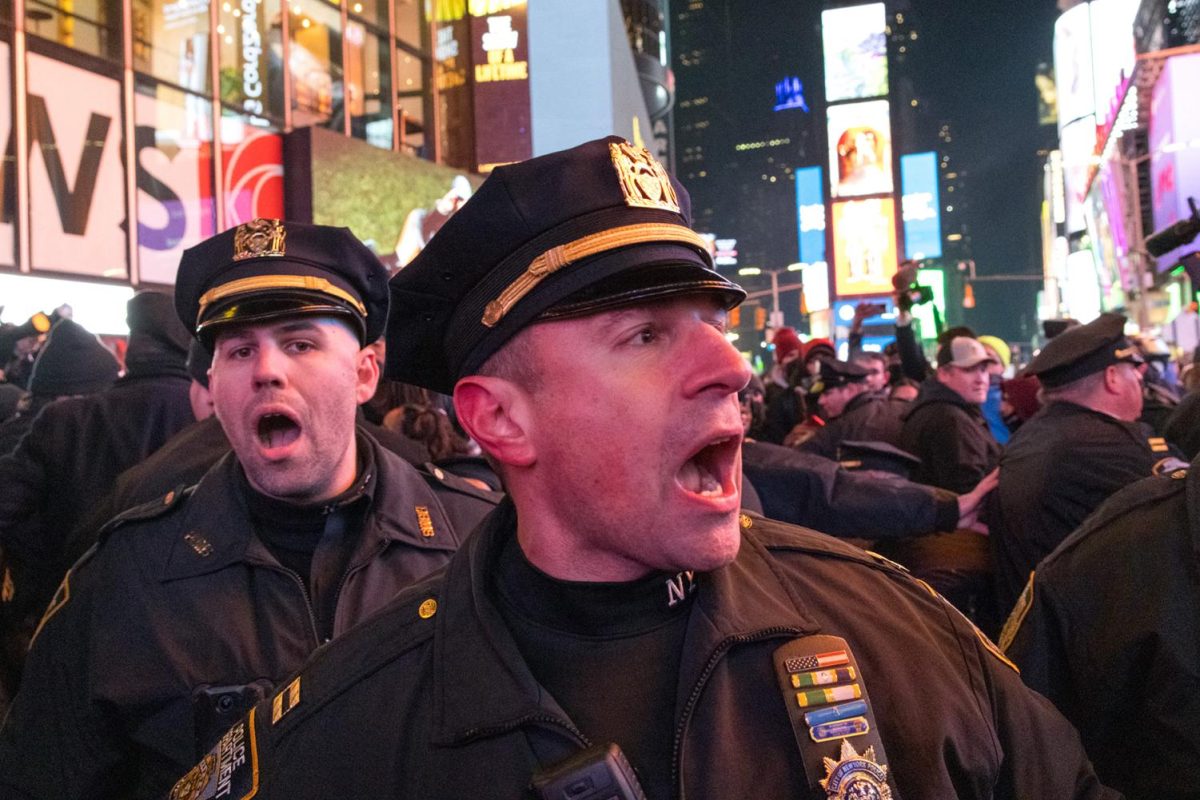The New York City Police Department is the largest and most funded police department in the country, with roughly 36,000 officers and over $671 per capita in annual funding. But even though crime in New York City is steadily declining, last year, Mayor Eric Adams proposed a plan to allocate $225 million to a new training facility in Queens for the NYPD. At the same time, he proposed slashed funding for public services and institutions, such as the New York Public Library and the City University of New York.
Many have called this proposal Adams’ plan to turn New York City into a “Cop City,” borrowing the term from the construction of the Atlanta Public Safety Training Center — that was around half the price — which was lambasted as a misallocation of funds preventing investment into social needs. The chief concern of concerned parties, including every other mayoral candidate, is that this training facility will mold enforcement authorities to perform their duties in line with the NYPD — meaning more forceful policing strategies while shunning accountability and oversight.
No one denies that New York City has pressing issues that affect public safety — the housing crisis, a mental illness epidemic and poverty — but the overarching approach of the Adams administration for all of these issues has been to increase policing and criminalization. In November 2024, Adams announced the hiring of an additional 1,600 police officers, a clear indicator of his approach toward increasing police presence in the city. This, in combination with the NYPD’s patterns of surveillance overreach and over-policing, poses a serious threat to communities of color who have experienced excessive use of force and instances of racial profiling by police officers.
Adams’ Cop City project will consolidate enforcement agencies across 18 different specialized city agencies, such as the Homeless Services Police, the Parks Enforcement and the Administration for Children’s Services Police, arguing that it will improve efficiency. These enforcement agencies’ policing tactics will be modelled off of the NYPD’s policing tactics, and there will be a higher chance we see a consistent application of excessive force across the board. These specialized enforcement agencies are designed to address specific issues and are trained to use de-escalation tactics. Unlike the NYPD, these agencies often partner with social services to help the communities they serve. For example, the Homeless Services Police work with social workers to help shelter unhoused individuals. By melding into a single task force, their specialized functions are diminished and policing becomes a one-size-fits-all approach, which will reduce specialized outreach and divert resources away from services that actually reduce crime.
The consequences of the expansion of police authority in the original Cop City in Atlanta should serve as a warning to the Adams’ administration. Studies show it has created more distrust and detachment between the city’s community and the police force. The proposed location for its Cop City is nestled in neighborhoods with large Black populations, where the public has continually demanded greater funding for schools, housing, jobs, healthcare and environmental protection. Community members were rightfully outraged when the city had prioritized a $90 million police training academy before their needs.
Cops certainly have a role to play in maintaining public safety and law enforcement. An increase in the number of cops generally decreased homicide rates and the number of serious crimes in cities. While this is to the benefit of everyone — including marginalized communities — the same research also found that Black people were being charged and locked away at disproportionate rates for low-level crimes, as well as being targets of overzealous stop-and-frisks. Increased police presence won’t make our city or public transit safer. Social services and housing programs, which are vital aspects of ensuring long-term public safety and crime prevention, are being ignored in favor of an armed approach of short-term crime-stopping. Research consistently shows that socioeconomic factors — like poverty, housing instability and a lack of mental health services — are strong predictors of crime. Comprehensive efforts to improve welfare have the added ability to increase public safety and decrease violent crime. Rather than expanding police infrastructure, we should invest in communities, a proven strategy for improving public safety.
It’s time for a new approach. However, various opposing mayoral candidates who in the past had voiced their support for the “defund the police” movement that came shortly after the murder of George Floyd have backtracked. In a 2021 press conference, former Governor Andrew Cuomo, the leading candidate in the upcoming election, stated that defunding the police was a “legitimate school of thought.” Another mayoral candidate, Brad Lander, a city council member during the George Floyd protests, urged the city to cut $1 billion from the NYPD. But with crime rates higher than they were pre-pandemic and the sensationalism of subway crime — including President Trump’s recent xenophobic portrayals of New York City as a hub of crime due to violence by immigrants — there has been a slow trend toward conservatism when it comes to policing in the city. This has been reflected in the current candidate’s more recent statements, with Cuomo insisting that his previous quote was taken out of context. Lander, along with a number of other candidates, has assured the public that they will hire more officers to combat the understaffed police force.
From this perspective, the criticisms against Adams’ proposed Cop City seem to be efforts to undermine him as an incumbent mayor rather than an inherent disagreement about the rate of policing in the city. Rather, many candidates have said they will reallocate the funds to recruit more officers, improve their wages and renovate their precincts.
However, mayoral candidate Zohran Mamdani has a different approach. He recently released a public safety plan detailing how to make the city safer without supplying a larger police force. The plan includes rent stabilization, affordable housing and childcare, creating universally accessible public transportation, increasing funding for schools and ensuring livable wages for workers. His plan also allocates more funding for mental health professionals to respond to those experiencing psychotic episodes and form outreach teams in subway stations, rather than relying on cops who lack the same level of crisis intervention training. Mamdani’s plan also includes adding lights in subways, investing in infrastructure to prevent people from falling into tracks and installing fire suppression systems inside subway cars — improving the overall safety of subway systems.
By adopting a more encompassing method to improve public safety in New York, the city can reject the systemic criminalization of people of color that comes with a bloated criminal justice system. Funding should focus on giving back to the community and improving people’s welfare. Only then will we see true change in crime rates and the city’s overall health.
WSN’s Opinion section strives to publish ideas worth discussing. The views presented in the Opinion section are solely the views of the writer.
Contact Serin Lee at [email protected].

